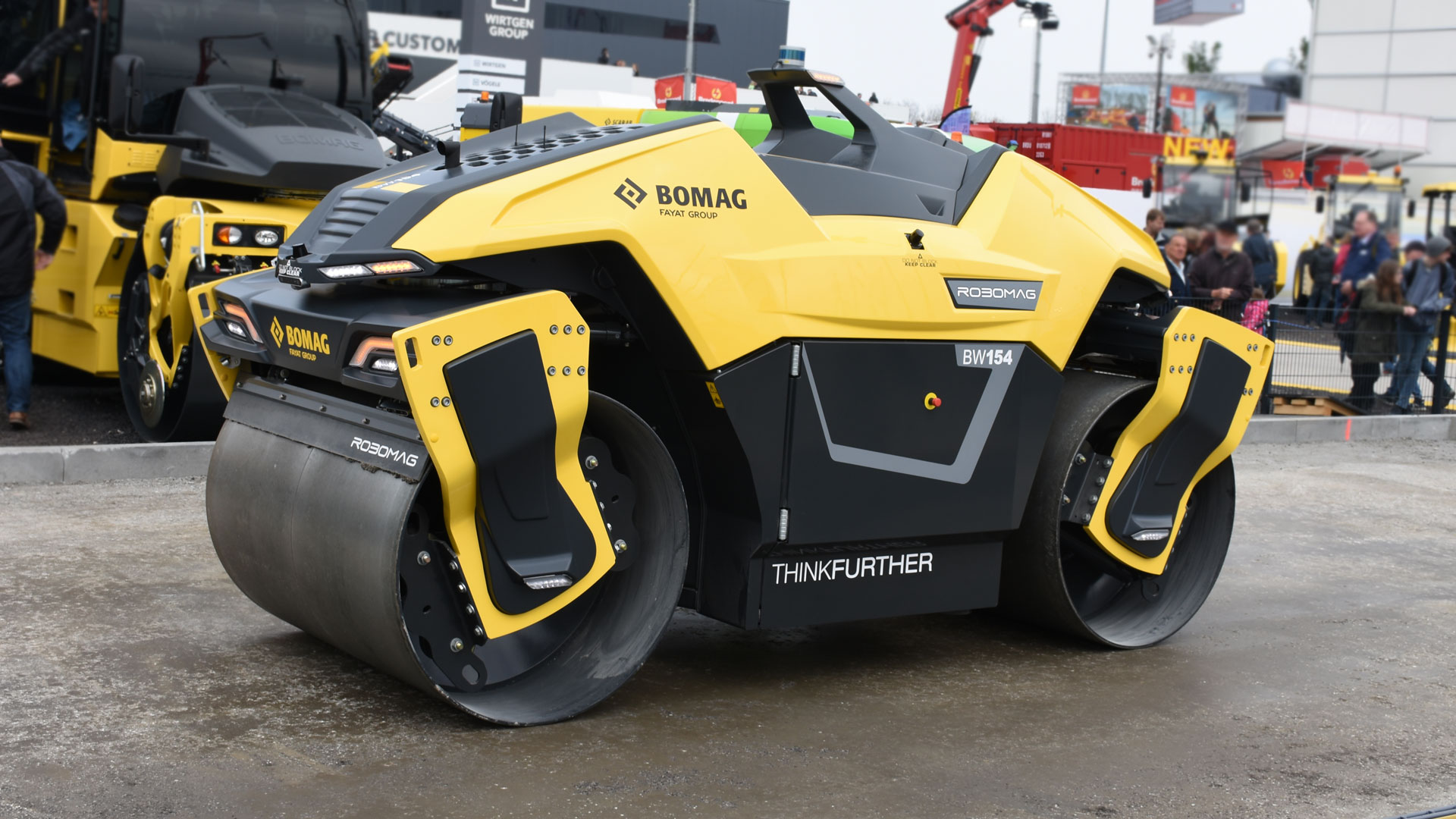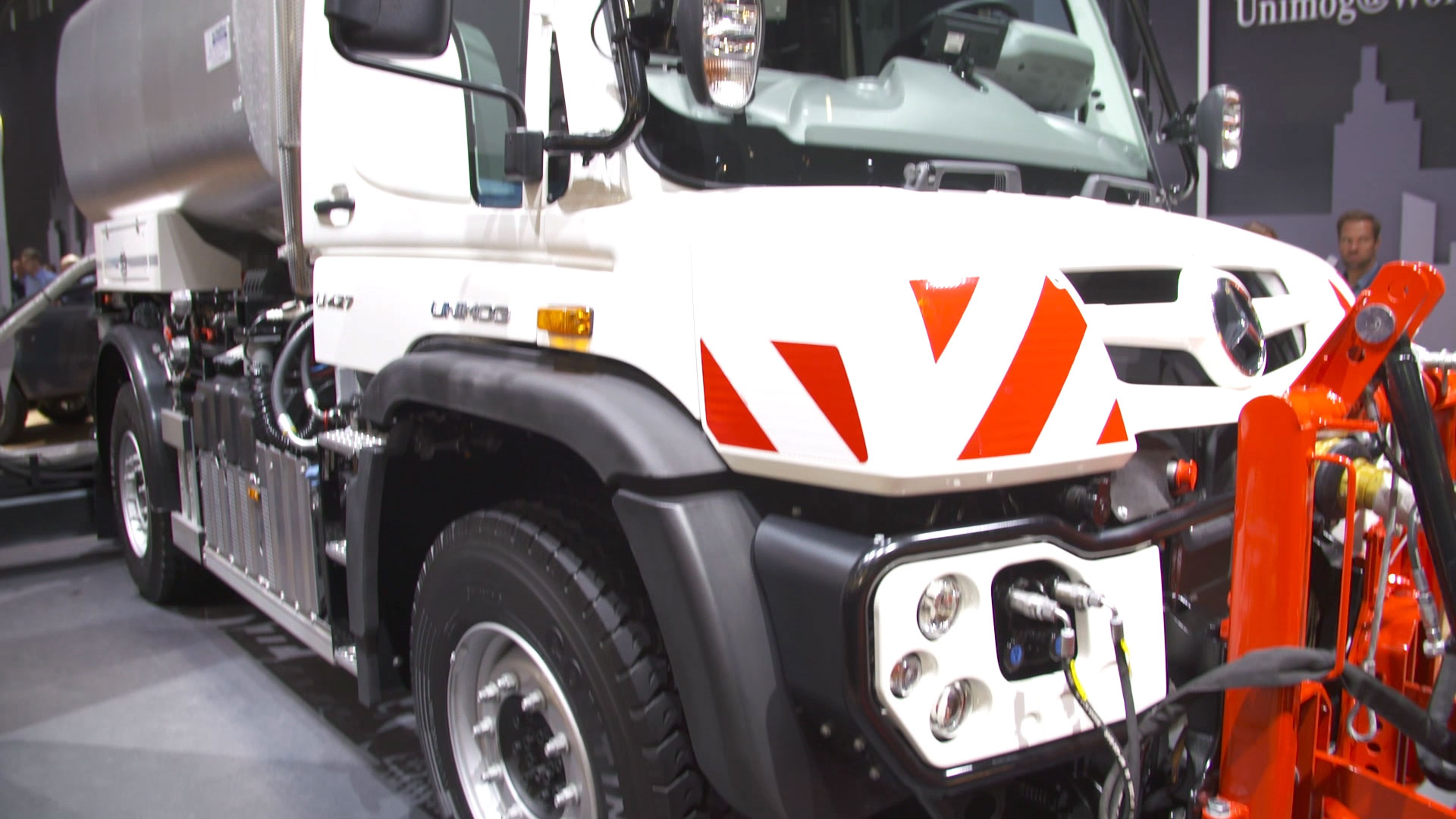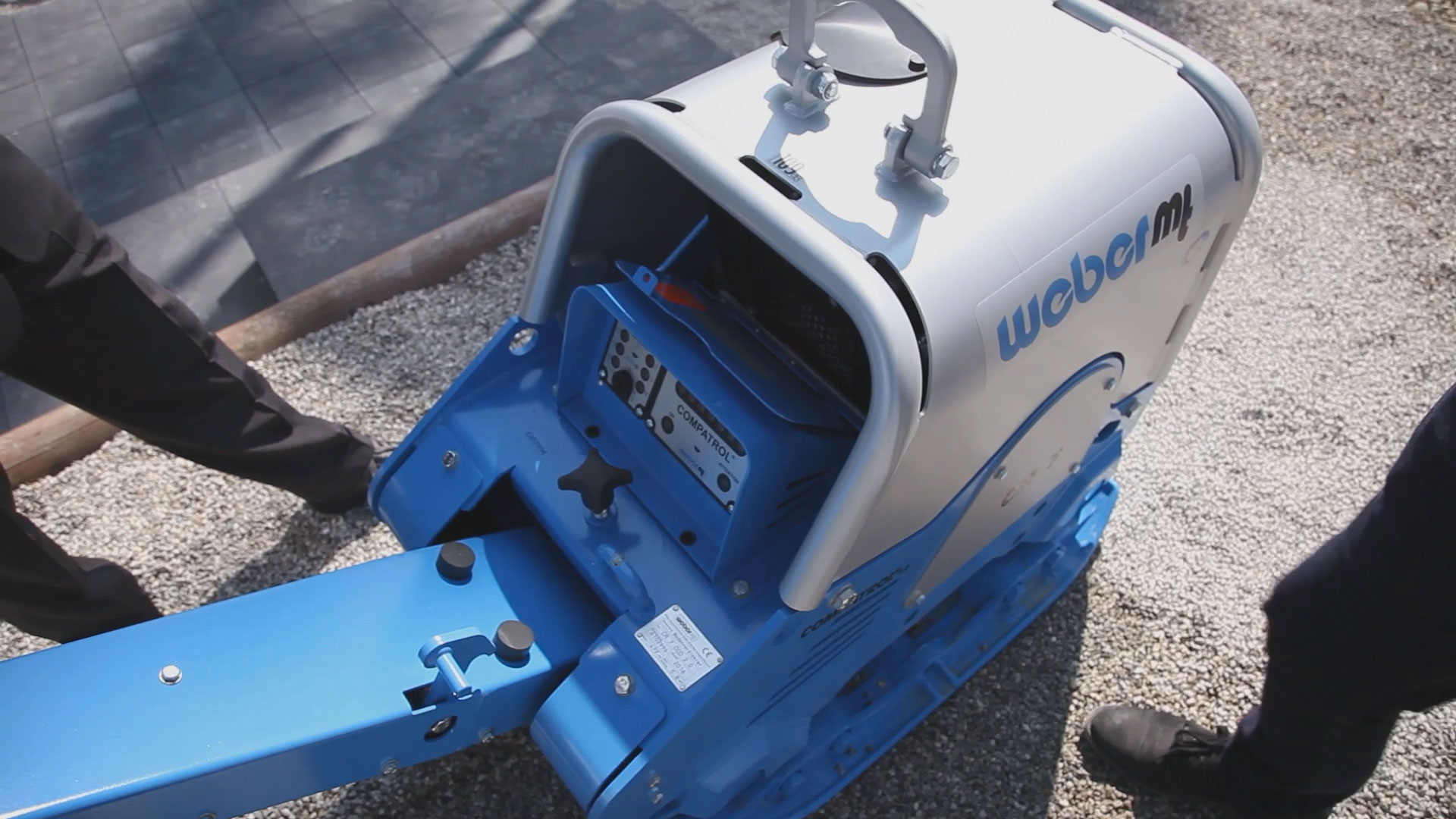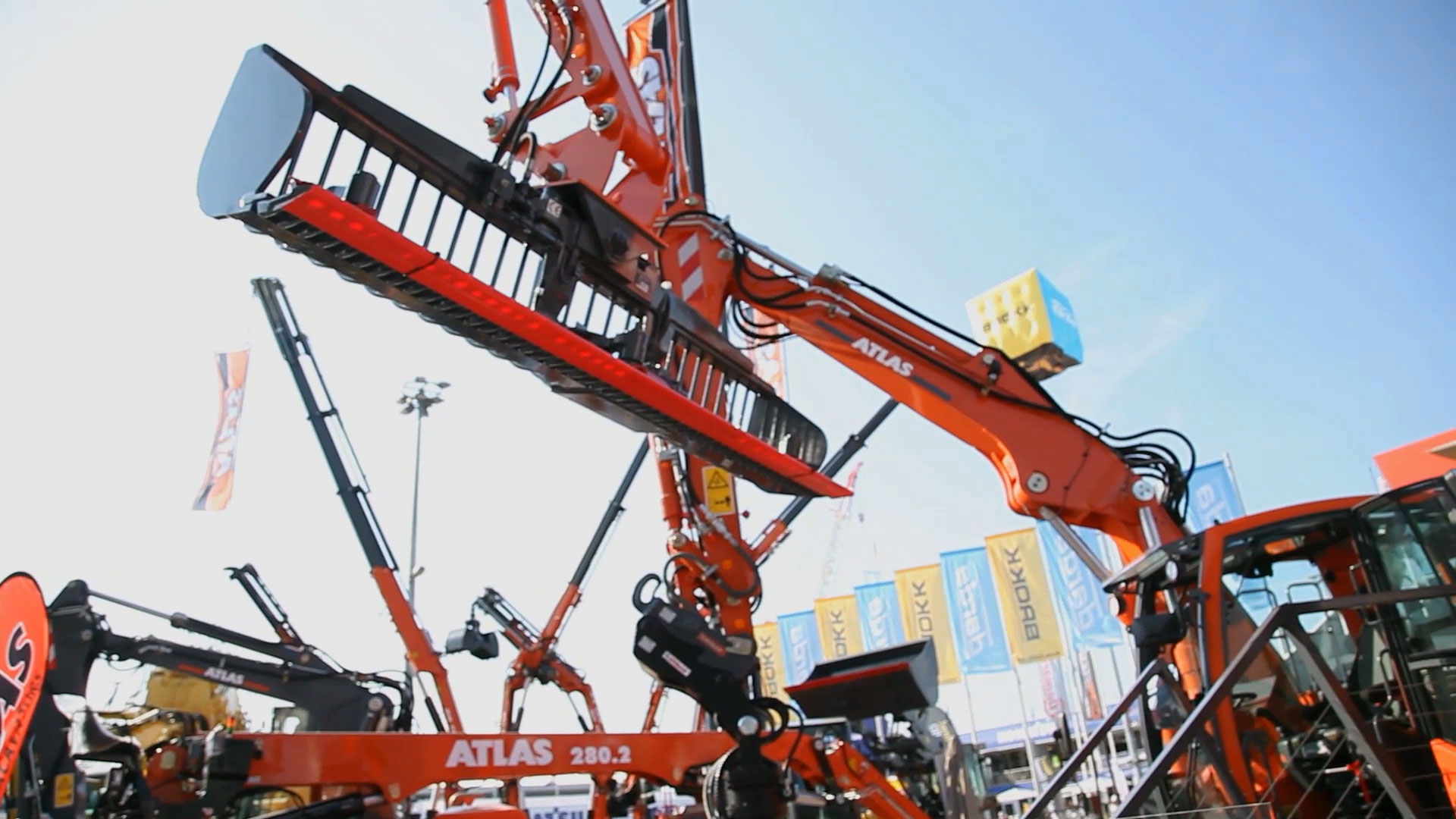The efficient, fast and safe execution of construction projects stands and falls with the use of the right construction machinery. Construction site vehicles form the backbone of every construction site: in house building, road construction, gardening, etc. It is impossible to imagine today's construction industry without construction machinery, as it saves time and resources, ensures that work is carried out precisely and contributes to the safety of the workforce.
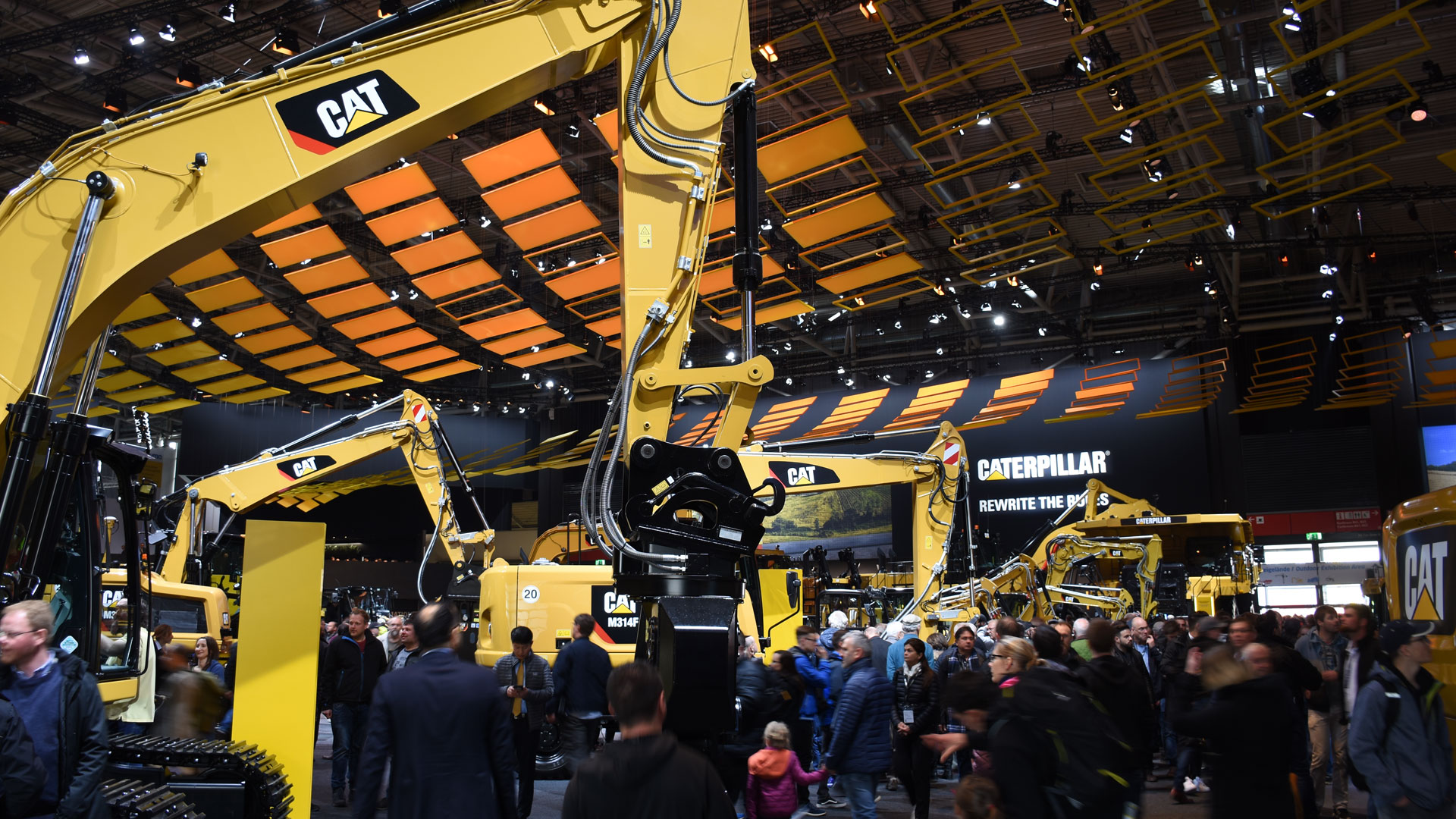
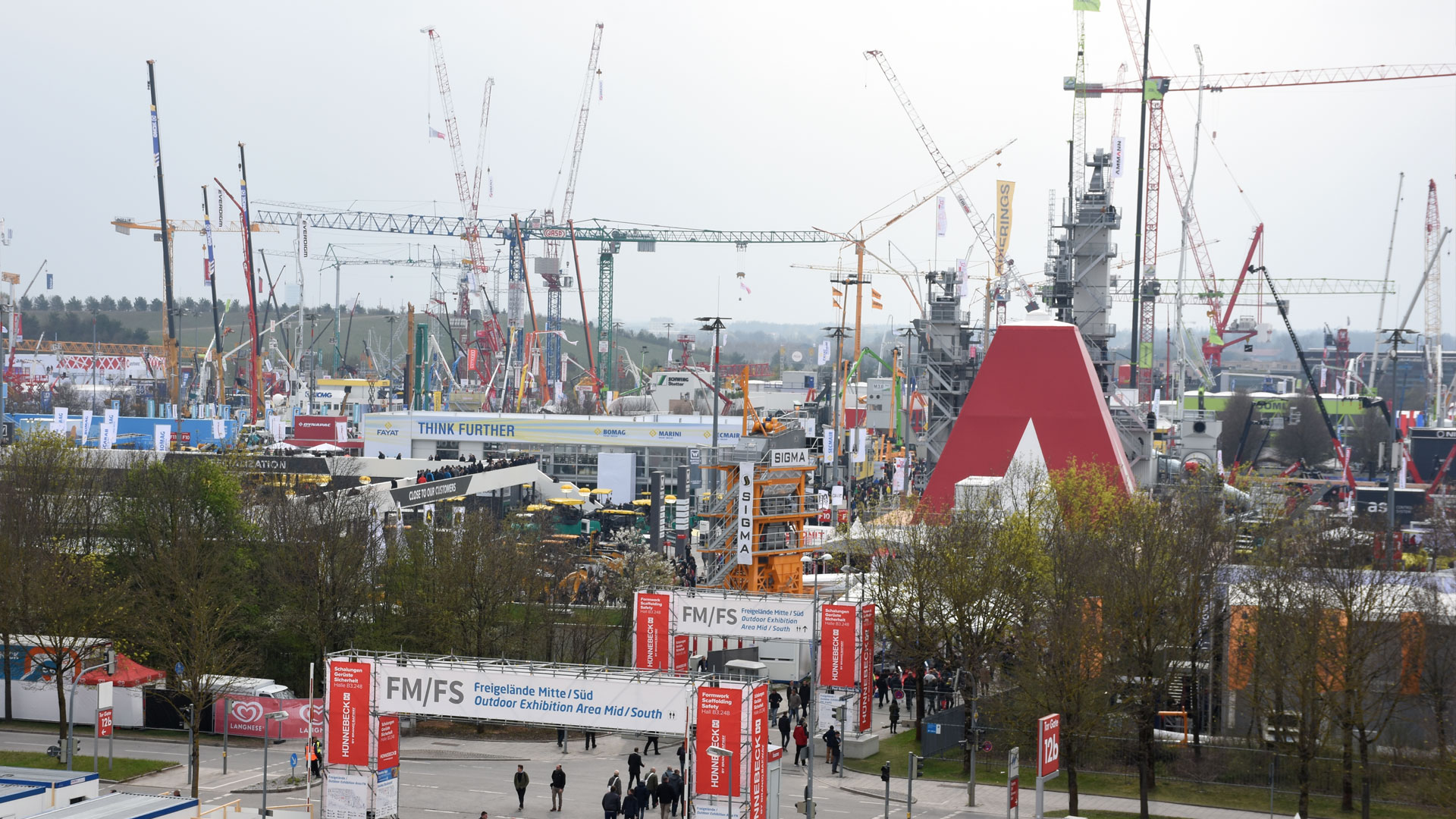
The range of machines available extends from compact small excavators to powerful cranes and special vehicles designed by manufacturers to handle infrequent tasks. Construction companies are required to select and adapt construction machinery specifically for each project. For example, small and maneuverable machines are mainly used in horticulture, while powerful rollers and crawler excavators are used in road construction. Modern construction machines are equipped with advanced control systems that allow work steps to be carried out precisely, thereby protecting the flora and fauna of the surrounding areas. The technology installed also increases the safety of the workers employed on the construction sites. Below we present the most important construction machines and explain the conditions under which they are used and how they differ from one another.
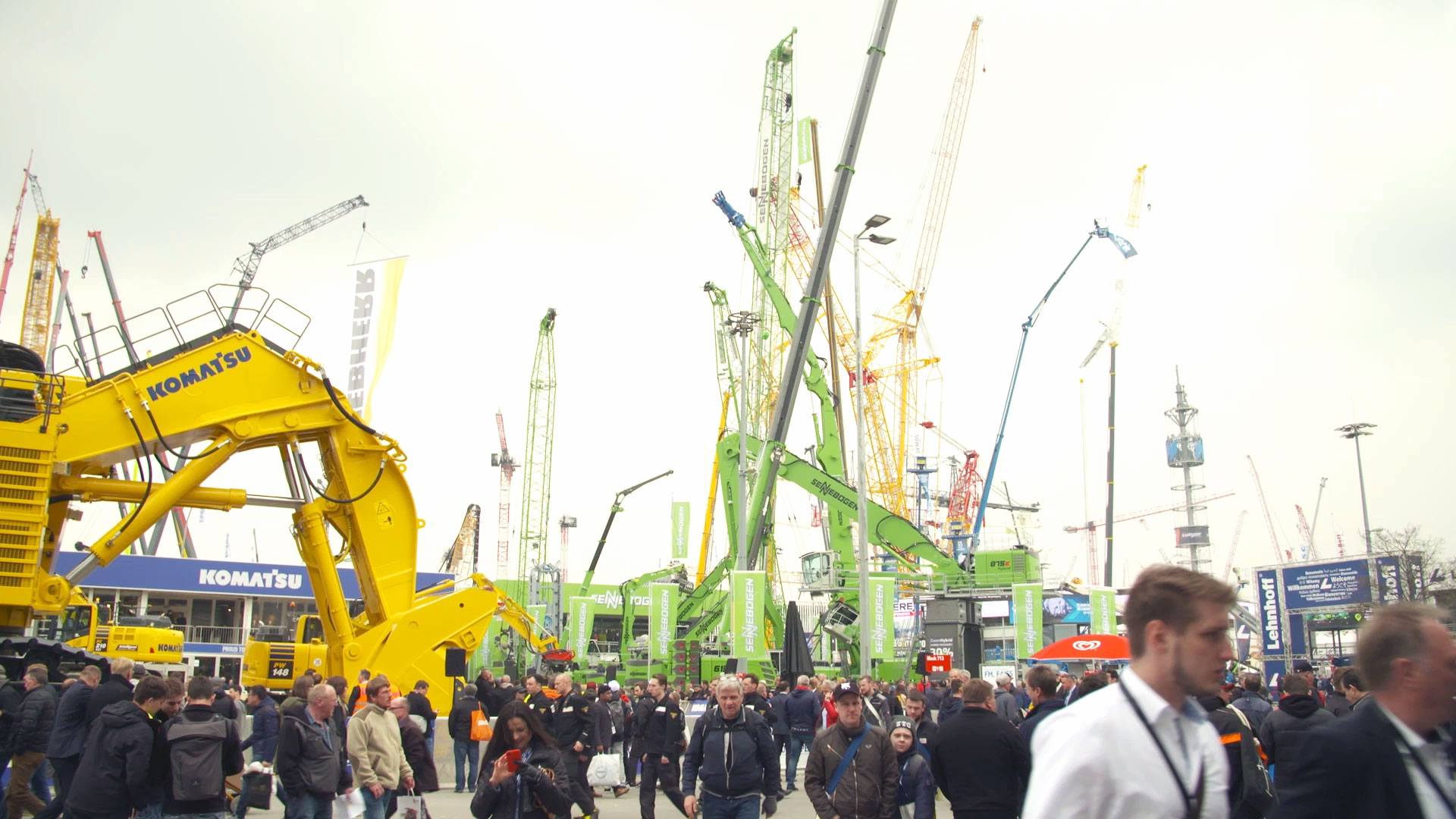
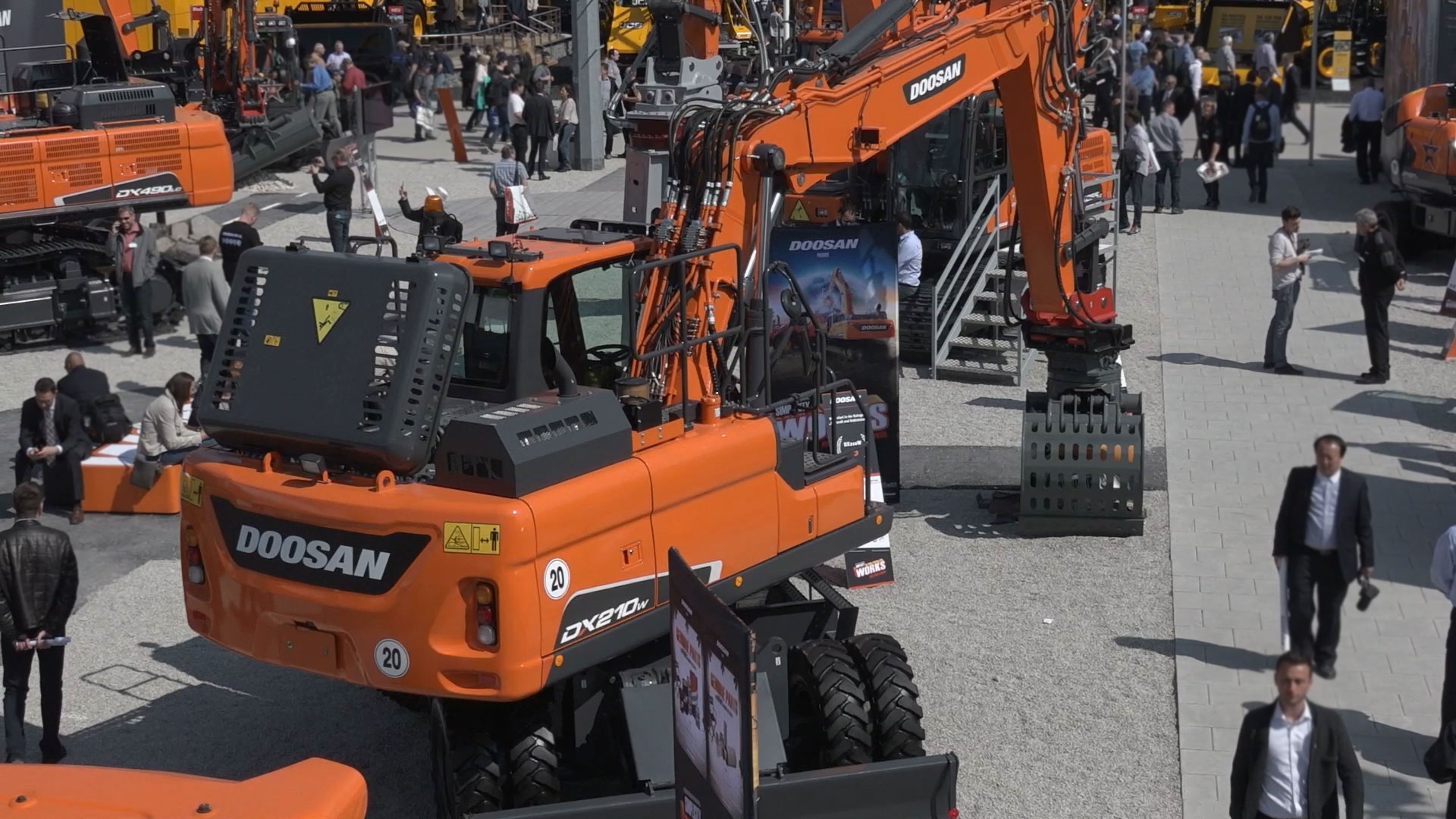
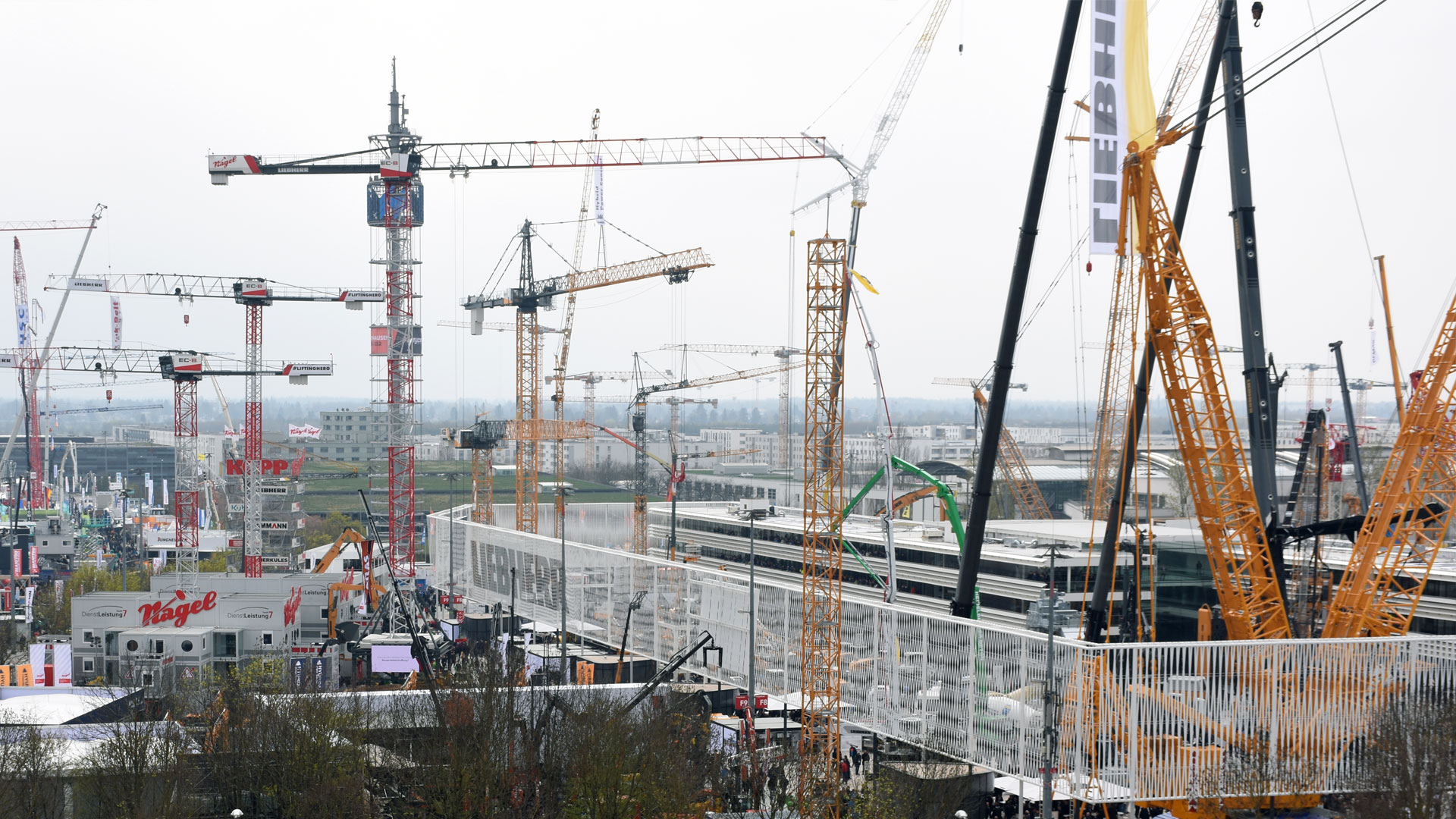
Experts differentiate between construction machines according to the type of locomotion: Many construction site vehicles are based on wheeled systems and therefore move like ordinary motor vehicles. The advantage of these machines is their mobility. They are easy to load and can also be used flexibly on large construction sites. This allows them to be used for different tasks without the need to change the configuration or for a construction company to bring in other machines. This is why companies use wheeled mobile excavators when frequent site changes are expected.
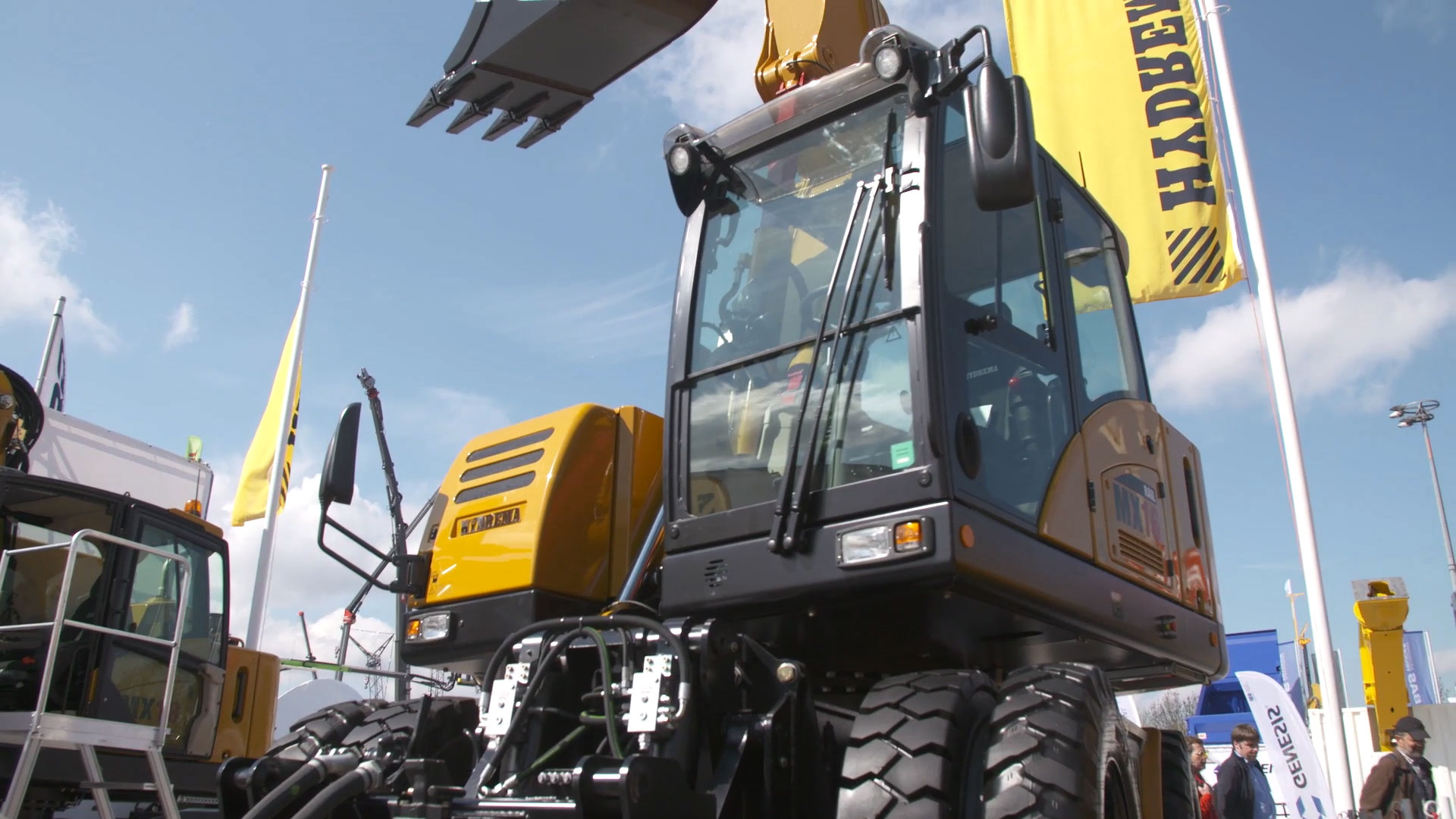
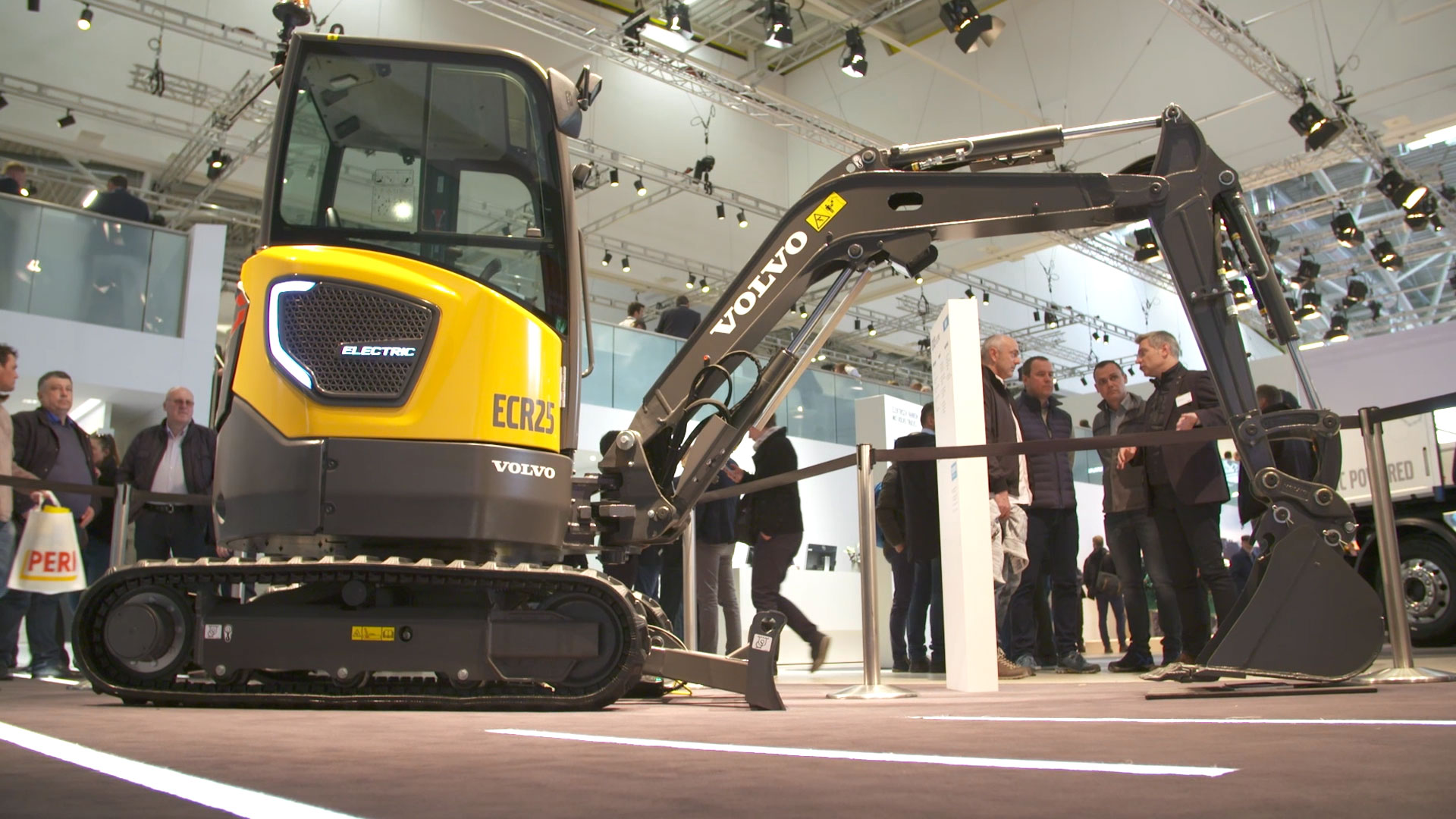
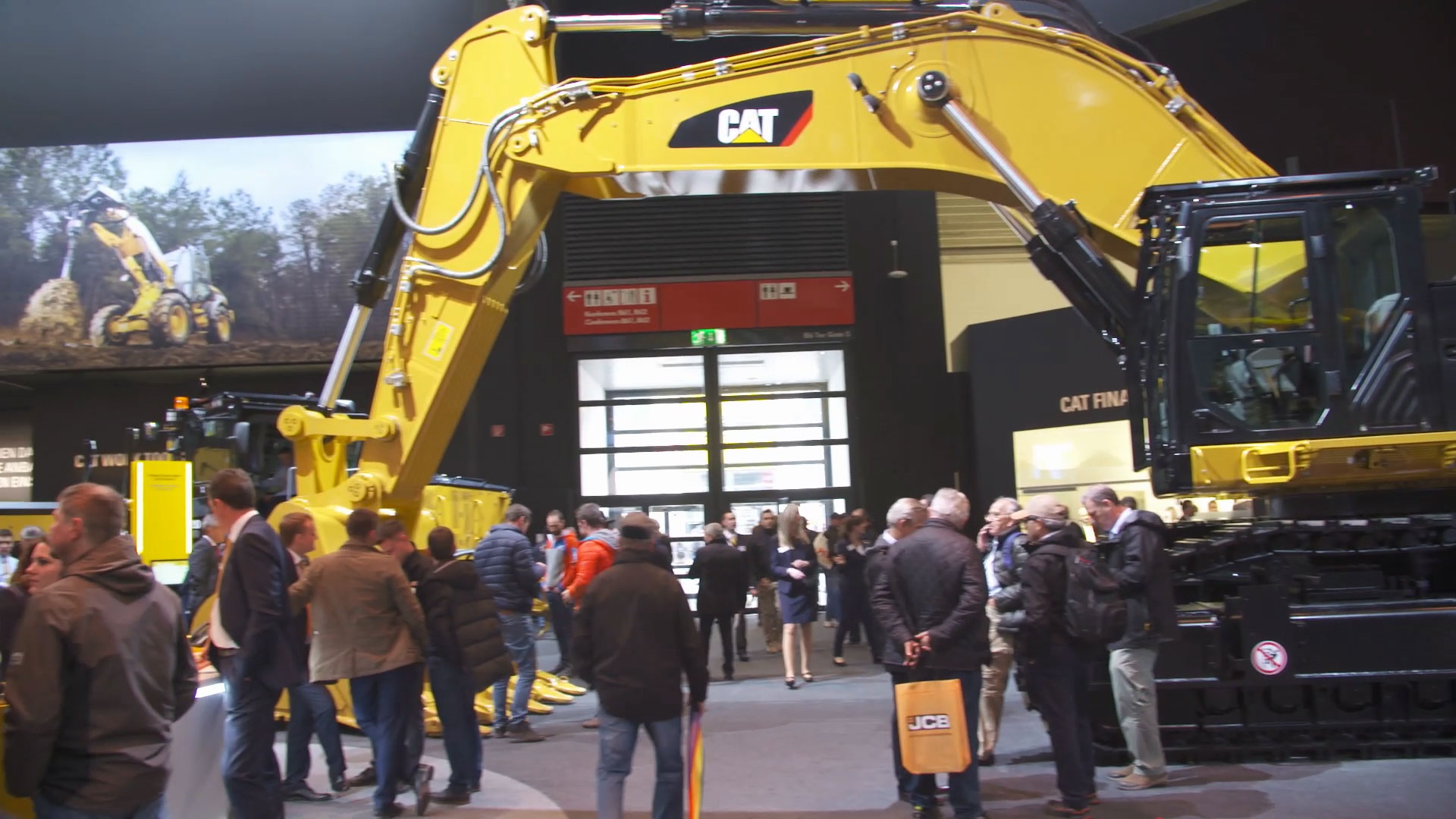
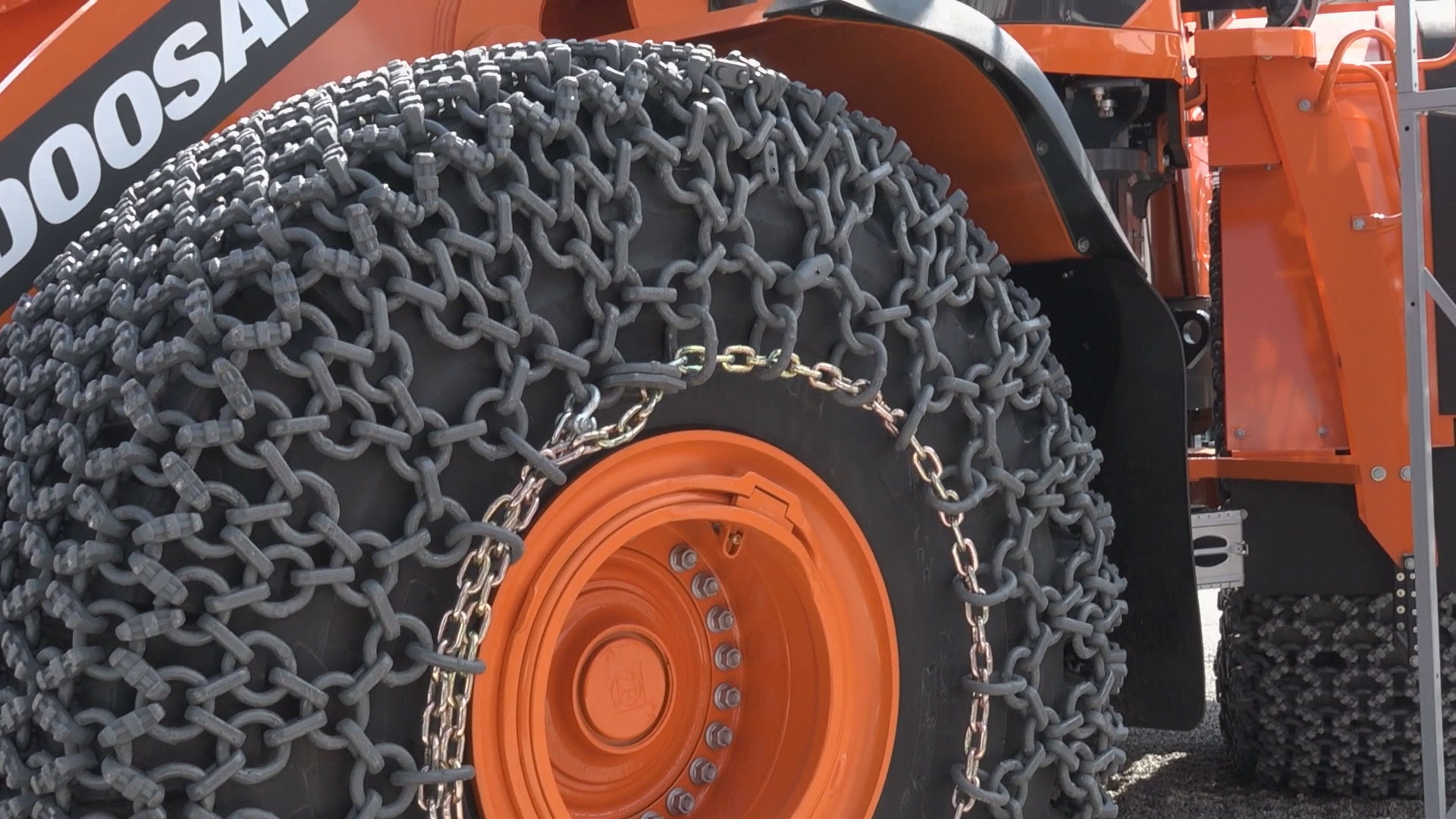
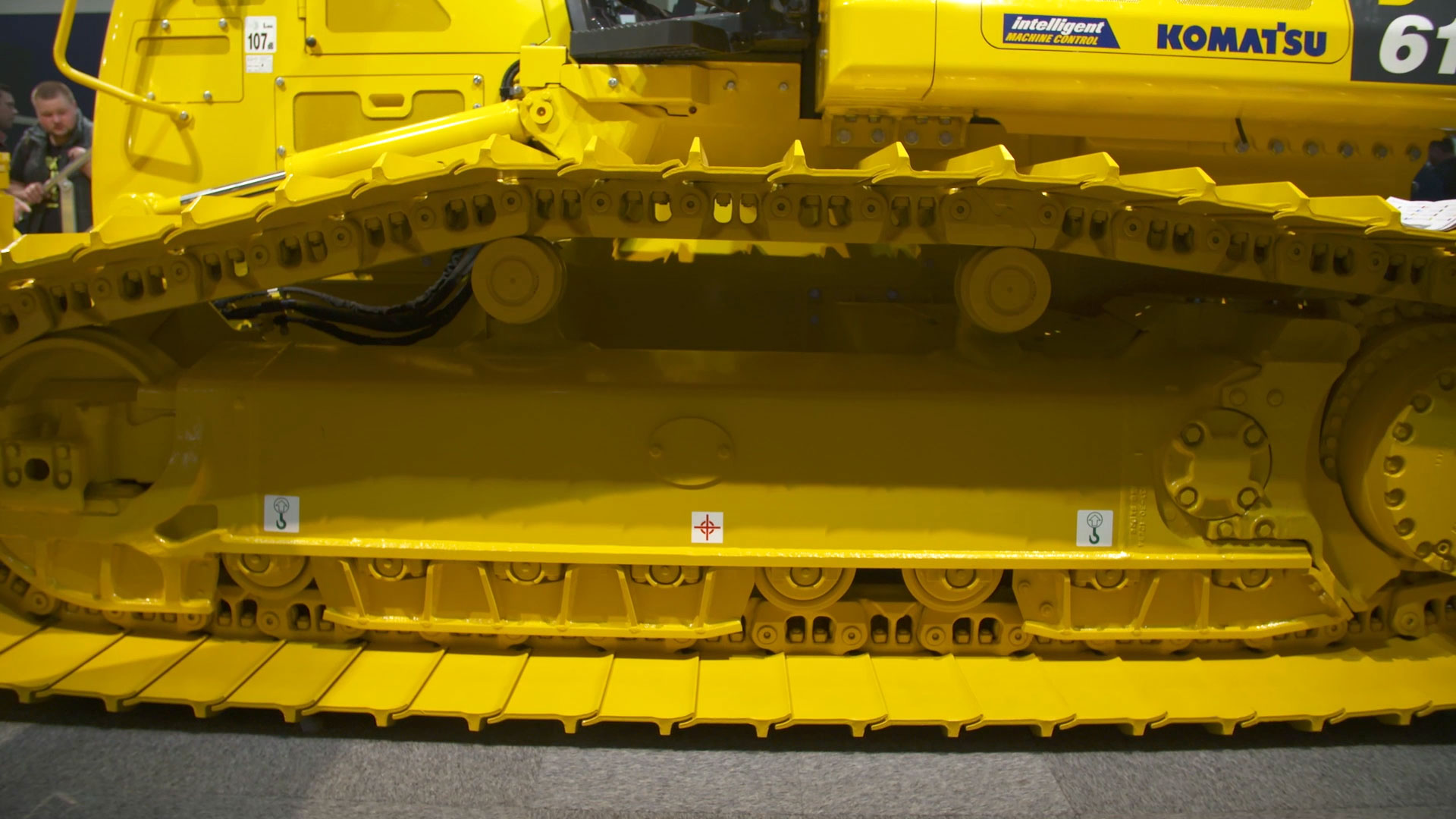
These machines reach their limits when they are exposed to strong physical forces during work and/or the terrain is difficult. Wheeled construction site vehicles sink into muddy ground and lose stability. Tracked vehicles such as crawler excavators are therefore an alternative. These have stable crawler tracks that give the vehicles excellent traction and off-road mobility. Tracked vehicles usually move effortlessly on uneven and muddy ground. As the dead weight and attached payloads are spread over a wider area, tracked excavators are often heavier than their wheeled counterparts. They can also move larger loads. A particularly impressive example of the advantages of this type of drive are the house-sized bucket wheel excavators used in open-cast mining. Chain drives are the ideal choice for machines such as pile drivers that have to exert strong physical forces.
While larger excavators are usually used for the construction of new roads and buildings, many jobs only require small interventions in the terrain. This is why various construction machinery manufacturers have developed so-called mini and compact excavators (midi excavators). They offer an optimum compromise between performance, maneuverability and maintenance costs. Some mini excavators weigh less than 500 kilograms and are therefore lighter than conventional passenger cars. Midi excavators usually weigh seven to twelve tons. By comparison, heavy crawler excavators weigh up to 60 tons.
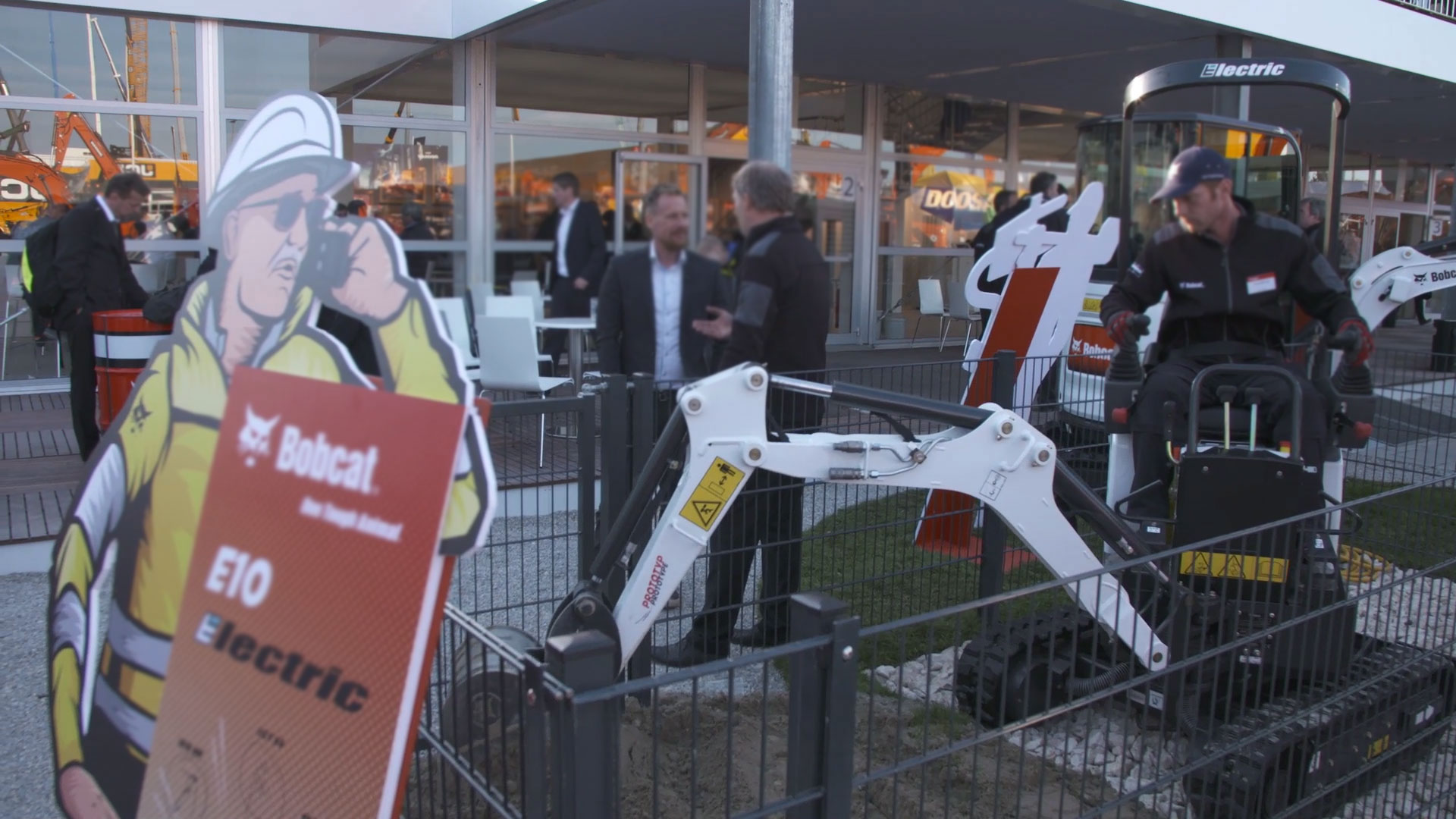
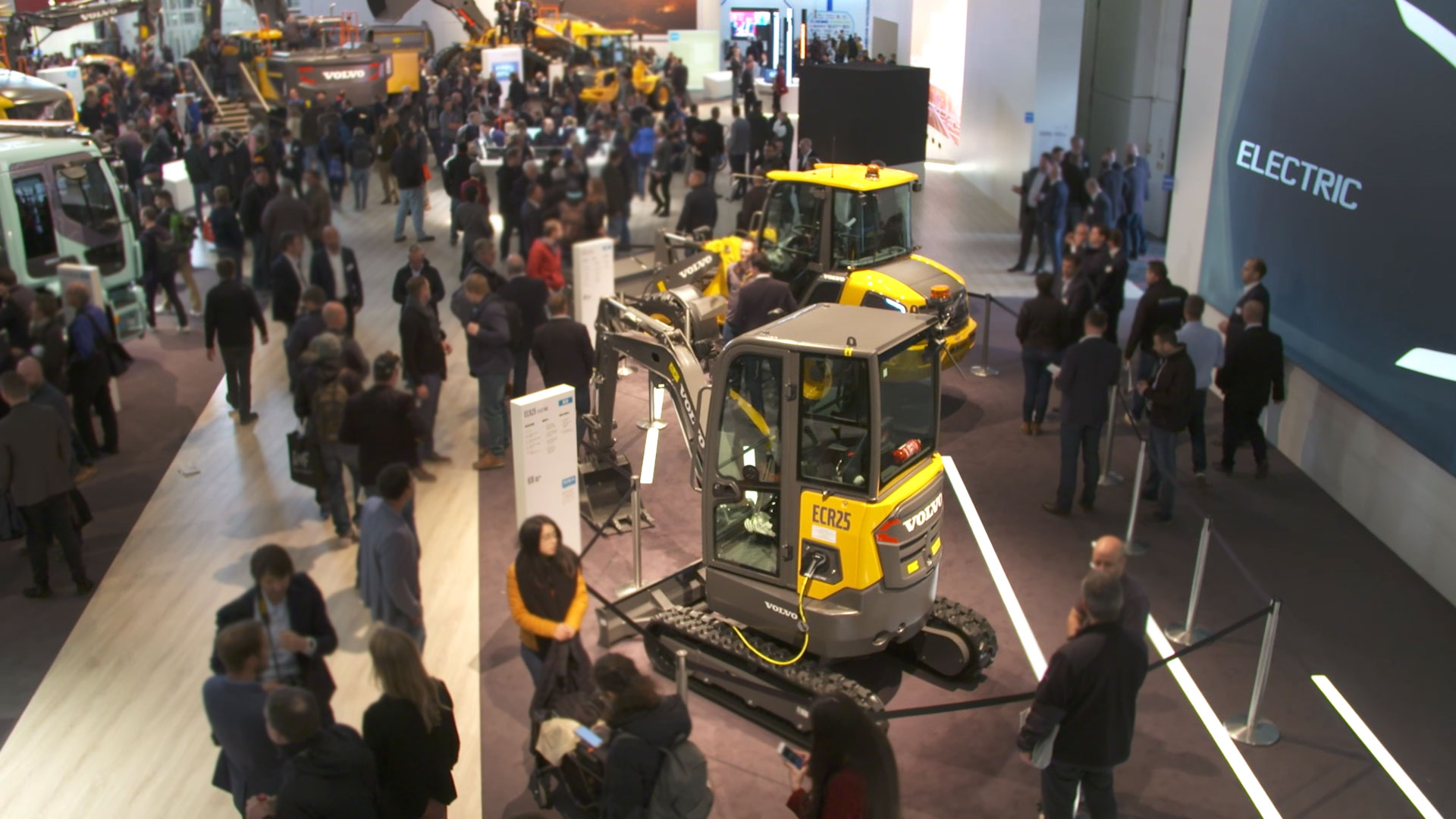
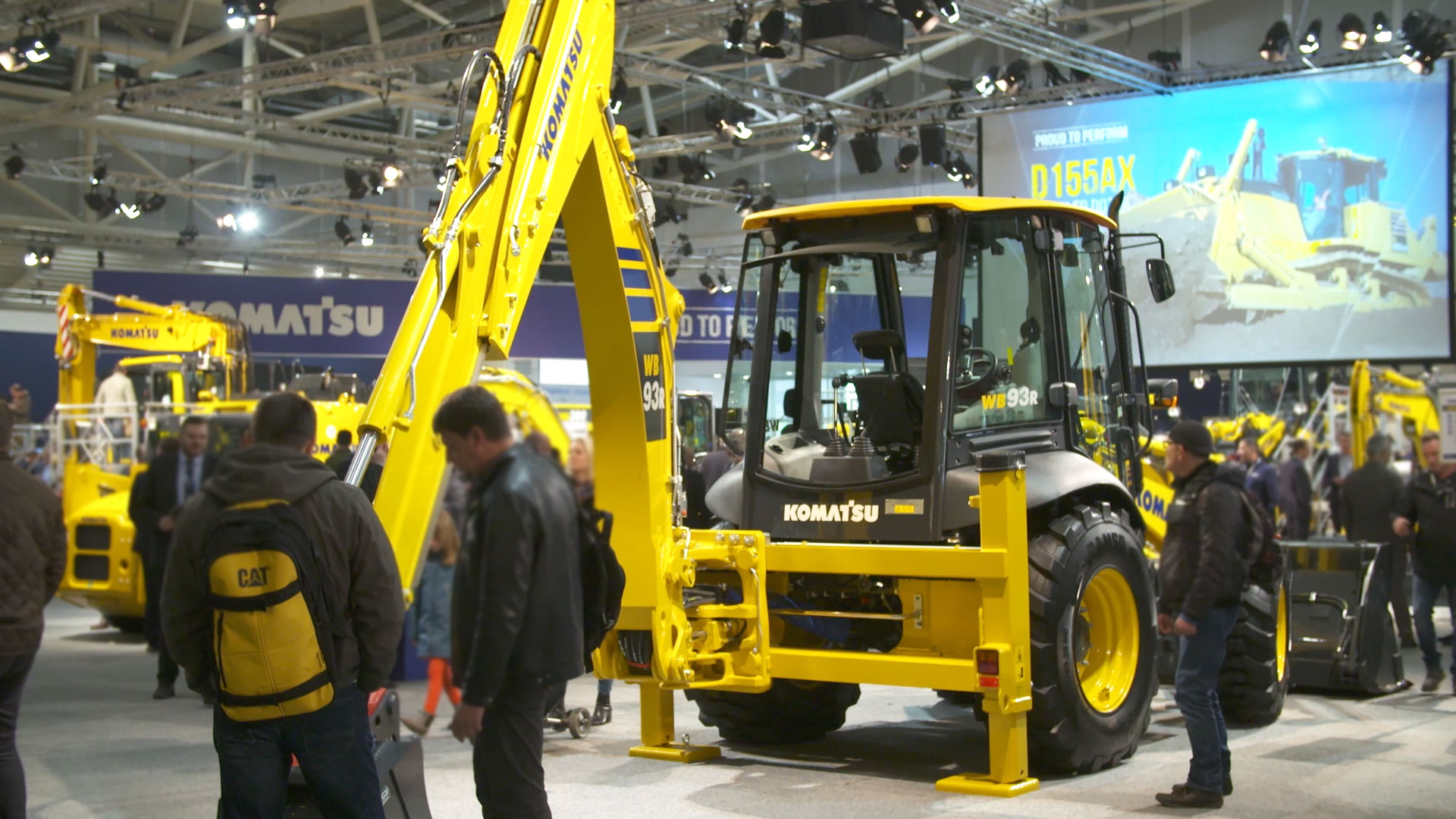
Mini excavators are used in particular in confined spaces, for example for construction work on municipal infrastructure facilities or gardening work. These excavators also offer the advantage that the unavoidable damage to lawns caused by moving them remains manageable due to their low weight. The manufacturers have designed the mini excavators in such a way that individual configurations are possible. The excavators can be equipped with buckets, grabs or drills, among other things. This enables them to perform a variety of different tasks, from small excavation work to precise digging and drilling. Compact excavators, also known as midi excavators, are the perfect mix of size and performance. They are larger than mini excavators, but smaller than wheeled and crawler excavators. This makes them ideal for tasks such as digging foundations, laying pipes or removing trees. At the same time, they are still agile enough to maneuver in tight spaces.
The operating mode is another way of differentiating between construction site vehicles such as excavators or wheel loaders: Diesel-powered, diesel-electric and all-electric machines are used on construction sites. If a lot of power is required, there is still no way around the classic diesel drive. Diesel excavators are therefore still the most widely used type of excavator. The diesel engine usually supplies the entire machine with power, including the hydraulic pump that enables the excavator arms and boom to move. This type of engine is powerful, proven and reliable. However, diesel engines are noisy and emit large amounts of pollutants. This is why construction companies try to avoid using diesel excavators when working in urban areas.
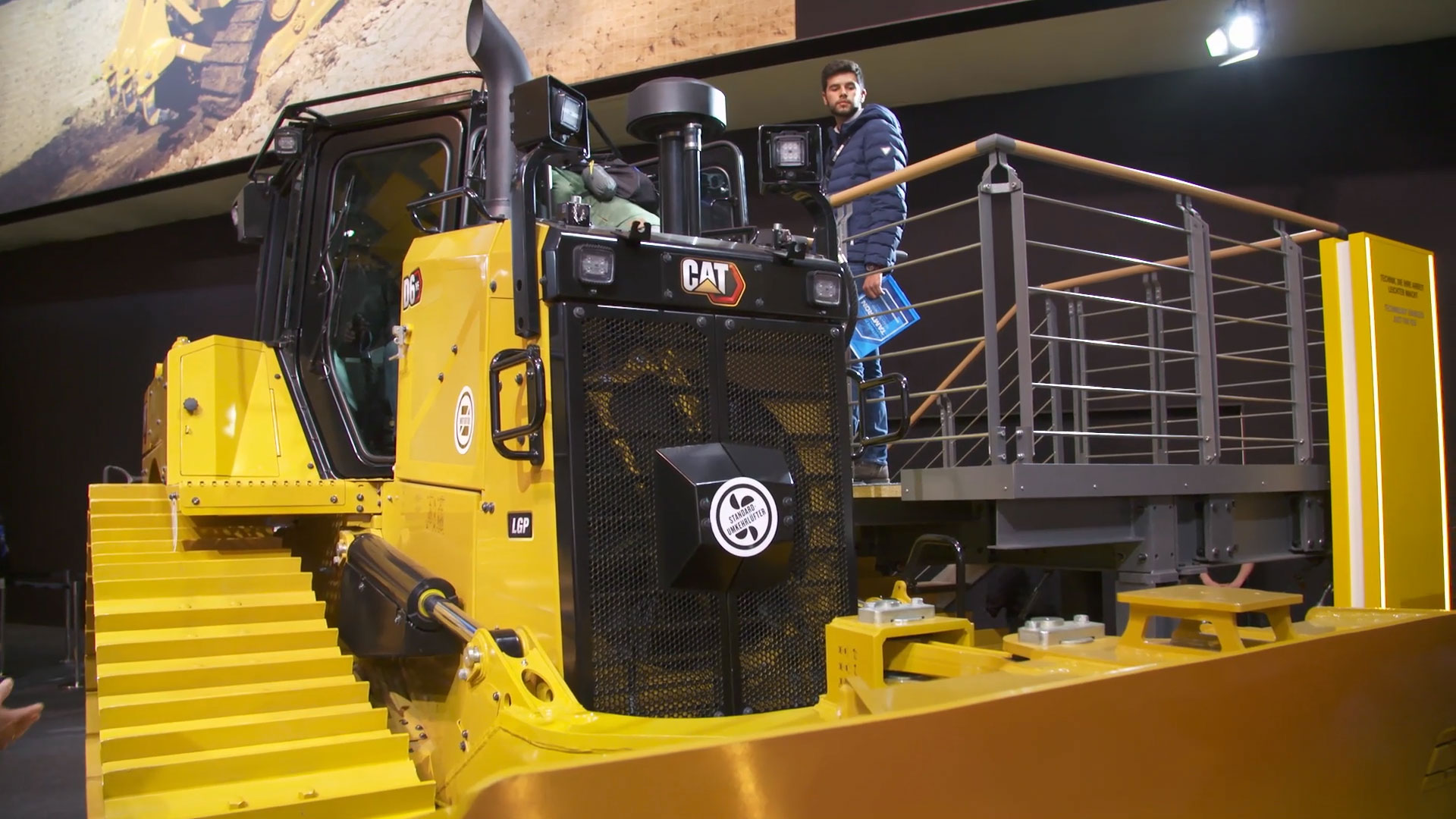
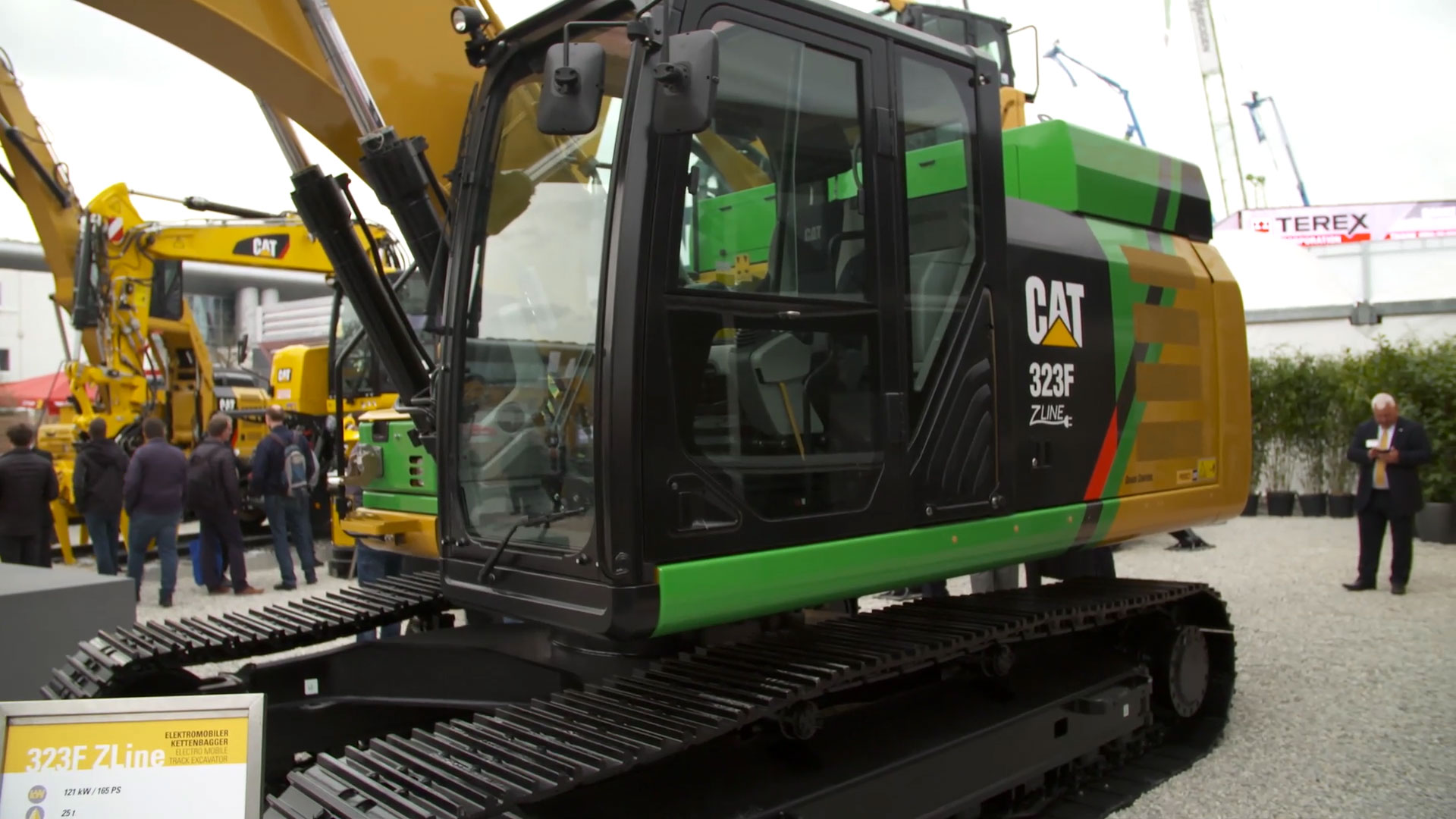
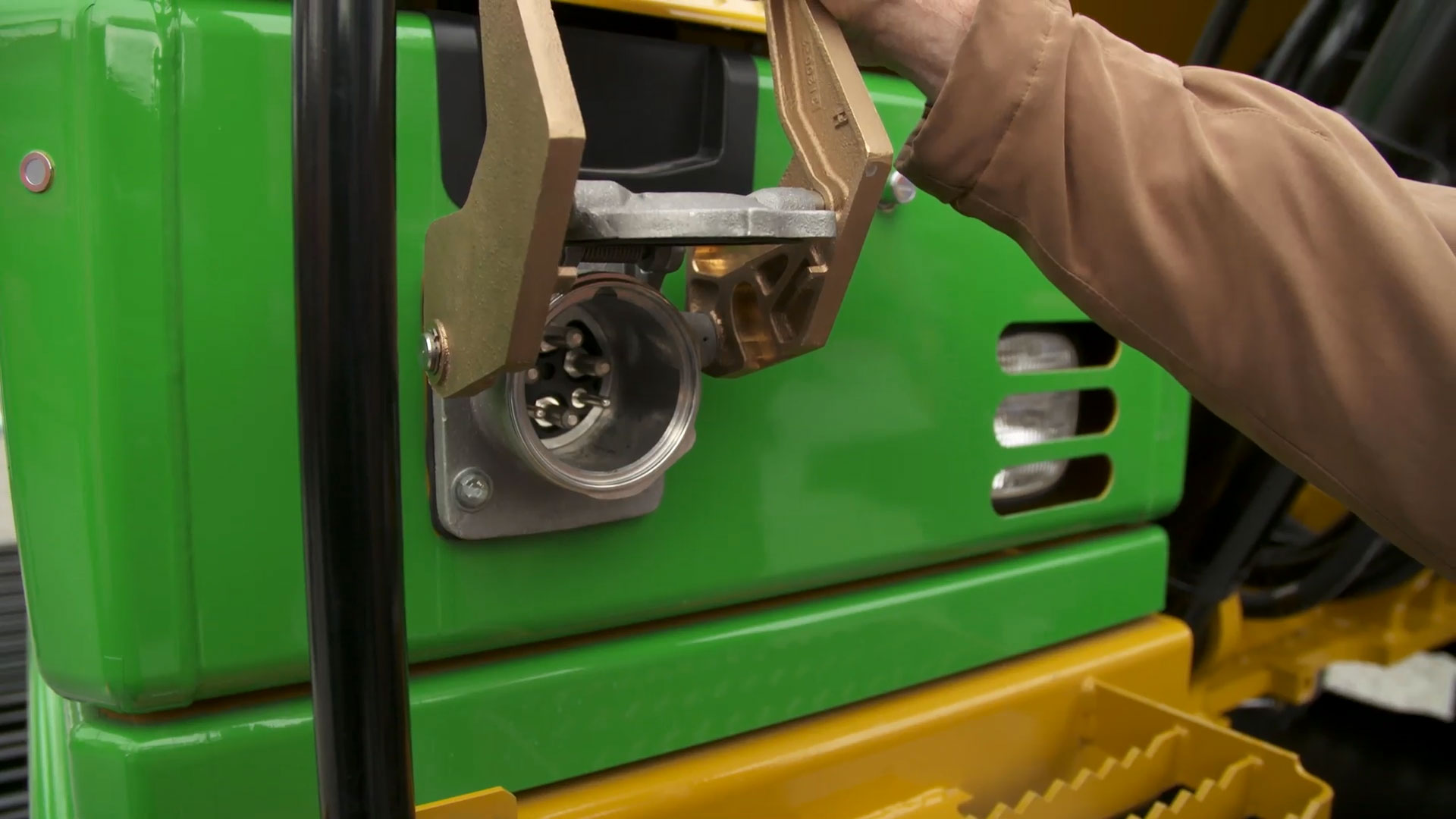
In diesel-electric excavators, the diesel engine drives a generator that supplies electricity for an electric motor. These machines are quieter and produce fewer emissions than diesel-powered construction site vehicles. The disadvantage is the high purchase costs. Fully electric excavators use only electric motors. They are quiet and do not emit any greenhouse gases during operation. Their operating time is limited by the capacity of the installed battery. They are suitable for working indoors or in areas with strict emission regulations. Construction companies partially compensate for the disadvantages caused by the limited battery capacity by carrying mobile diesel generators. In these cases, the charging process takes place in areas outside the company and construction site, where less stringent emission regulations apply and noise emissions have a manageable impact on the environment.
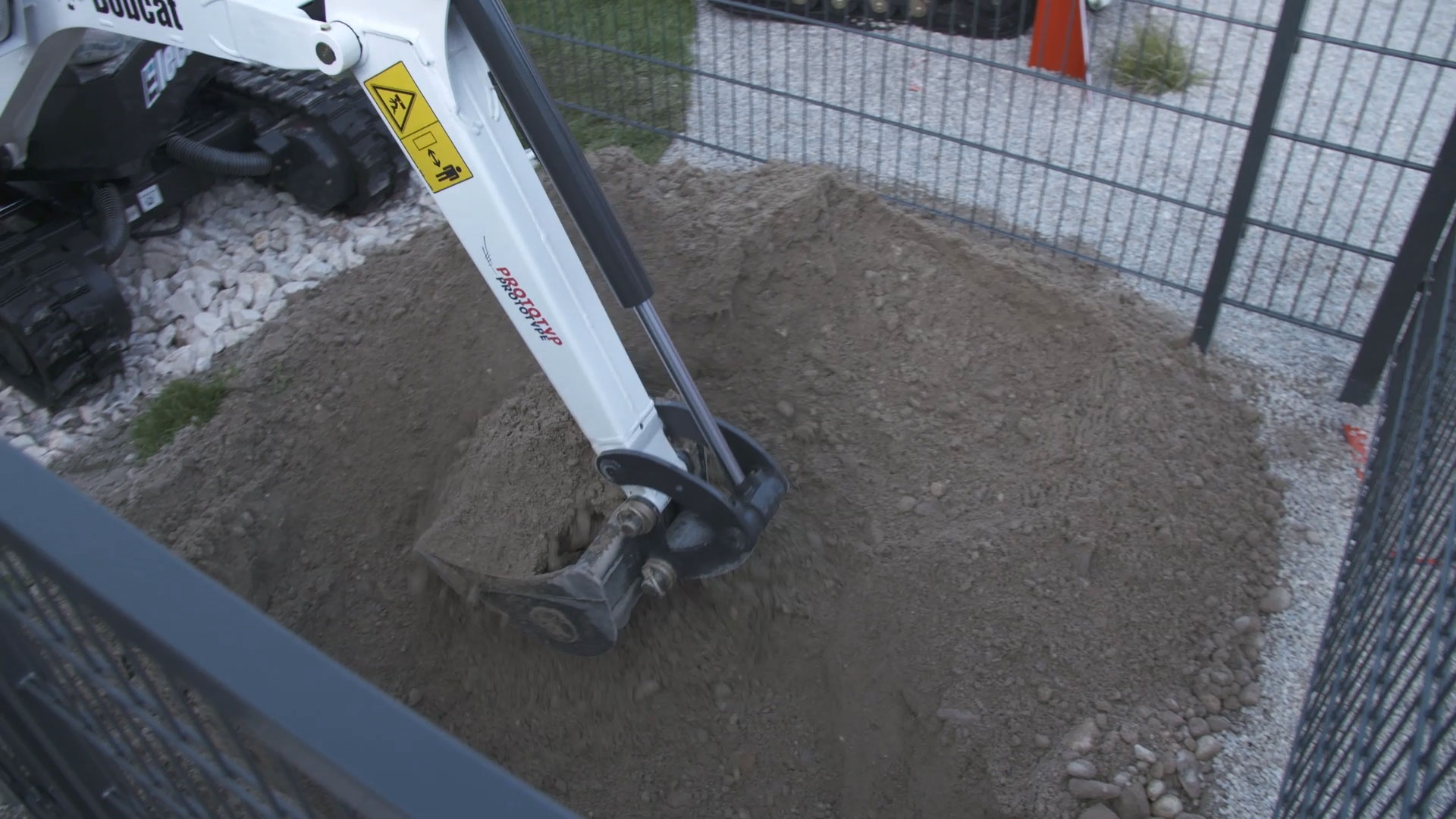
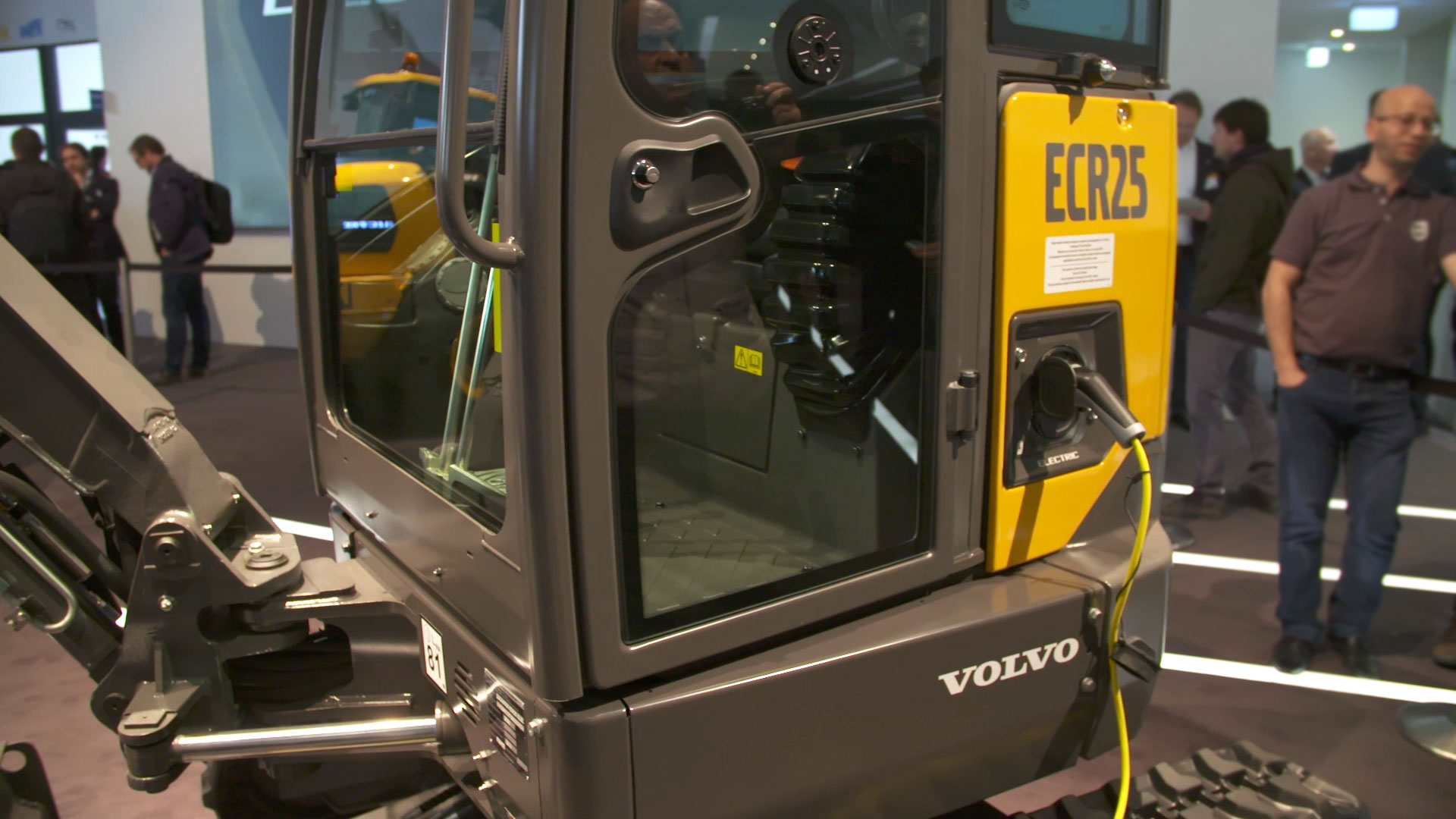
Experts distinguish between hydraulic and cable excavators: Hydraulic excavators usually have a diesel engine or a diesel-electric motor. This drives a hydraulic pump that generates pressure. The resulting hydraulic forces enable the machine operator to move the excavator arm and boom. Hydraulic excavators are powerful, robust and versatile. They are used, for example, for excavating foundations and removing walls and buildings. Cable excavators have a winch driven by an engine to which steel cables are attached. These cables control the movements of the excavator arm and boom. Rope excavators have been almost completely replaced by hydraulic excavators, whose hydraulic pump can exert strong forces on small areas. Nevertheless, they are still indispensable in the construction industry when it comes to carrying out particularly deep excavations. Cable excavators are also used in special civil engineering and open-cast mining. These excavators are easier to maintain than hydraulic excavators due to their low mechanical complexity. Rope excavators are by no means outdated construction machines - as can be seen from their use in specialist foundation engineering, for example - even if their widespread replacement by excavators with hydraulic power transmission systems might suggest this.
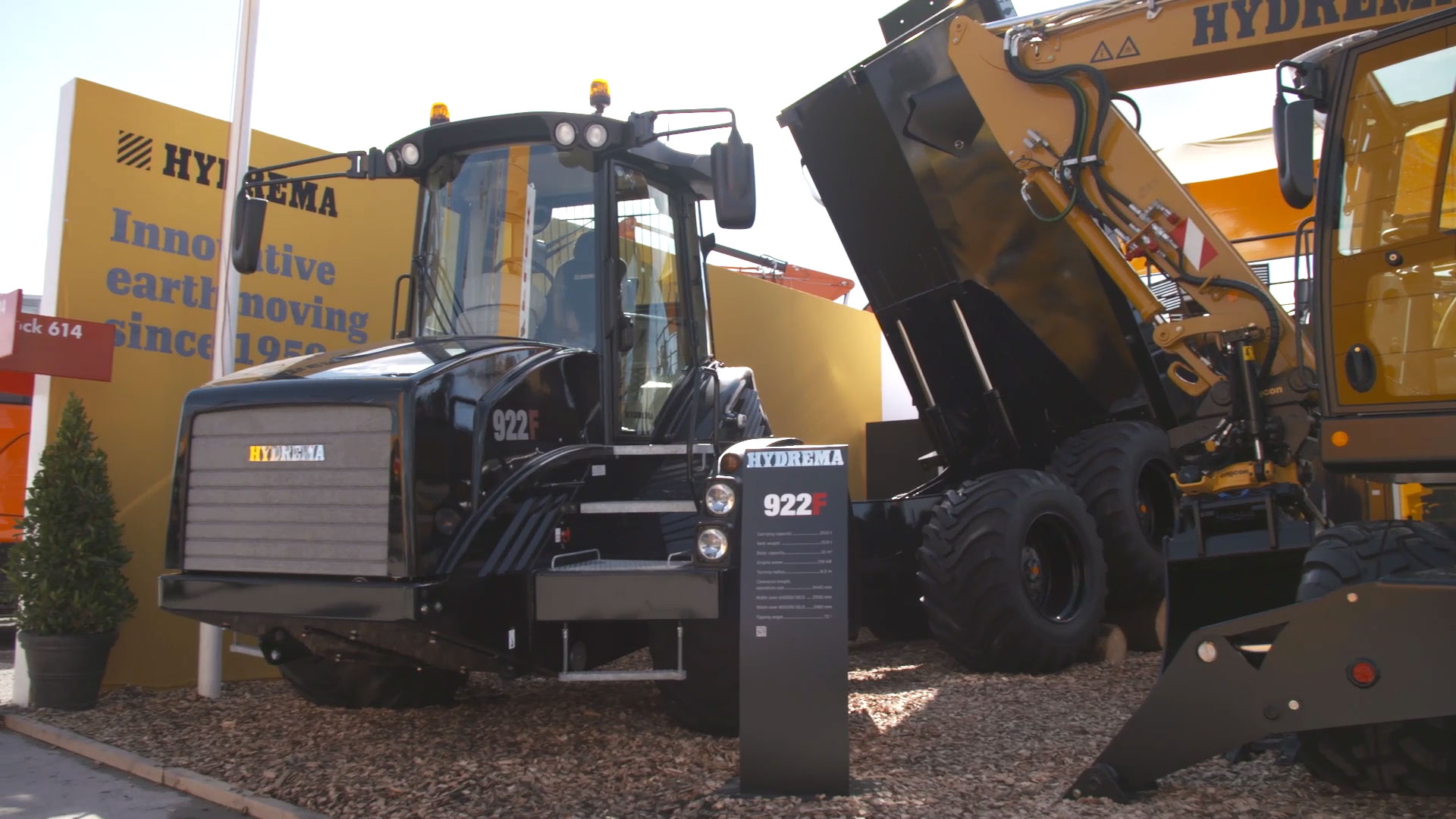
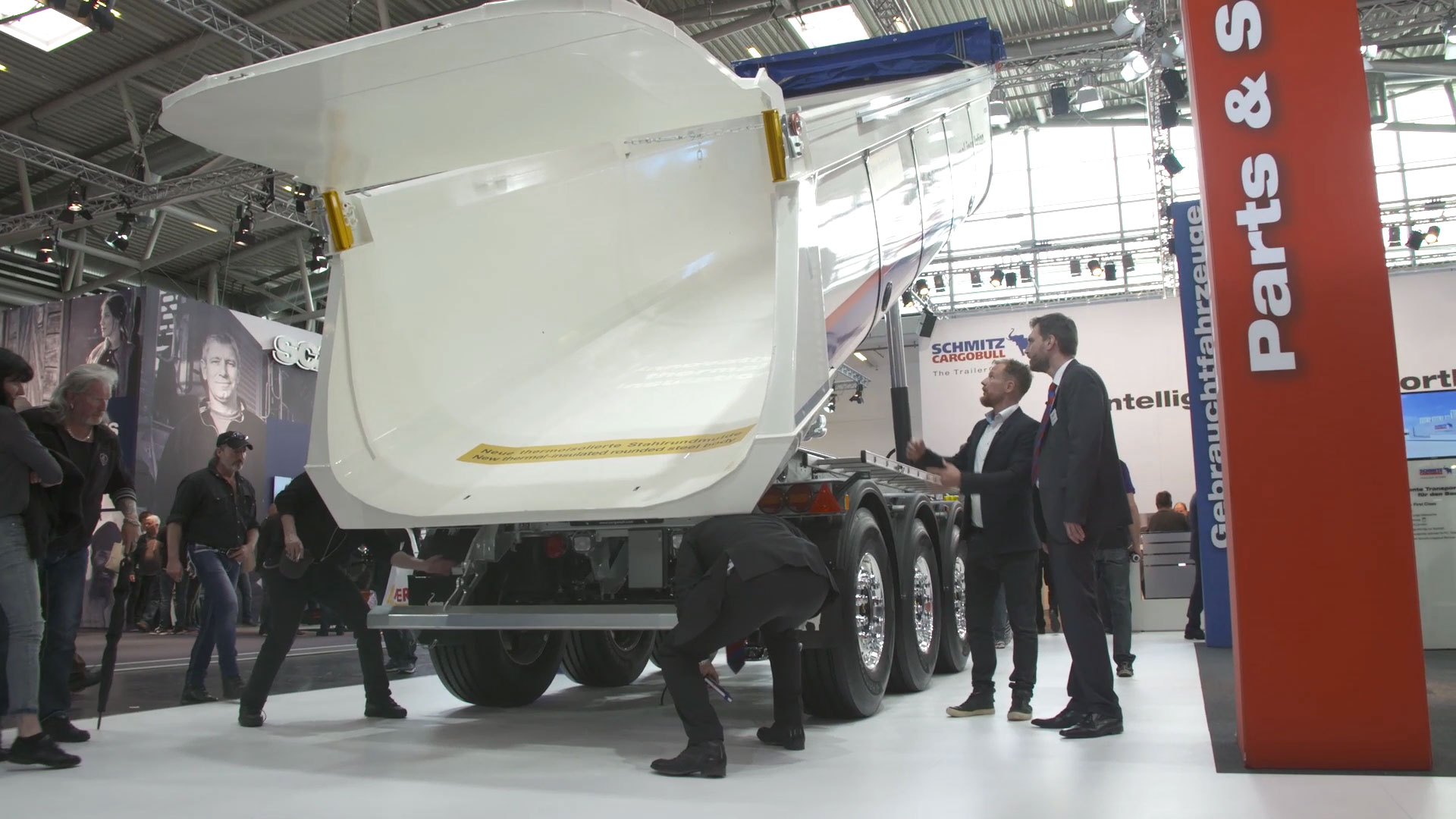
In Germany, experts usually refer to this type of construction machine as a bulldozer, although the English term is becoming increasingly popular. They loosen, move and transport both soil and other materials. The classic bulldozers are tracked vehicles. Experts refer to comparable construction site vehicles with wheels as wheeled bulldozers.
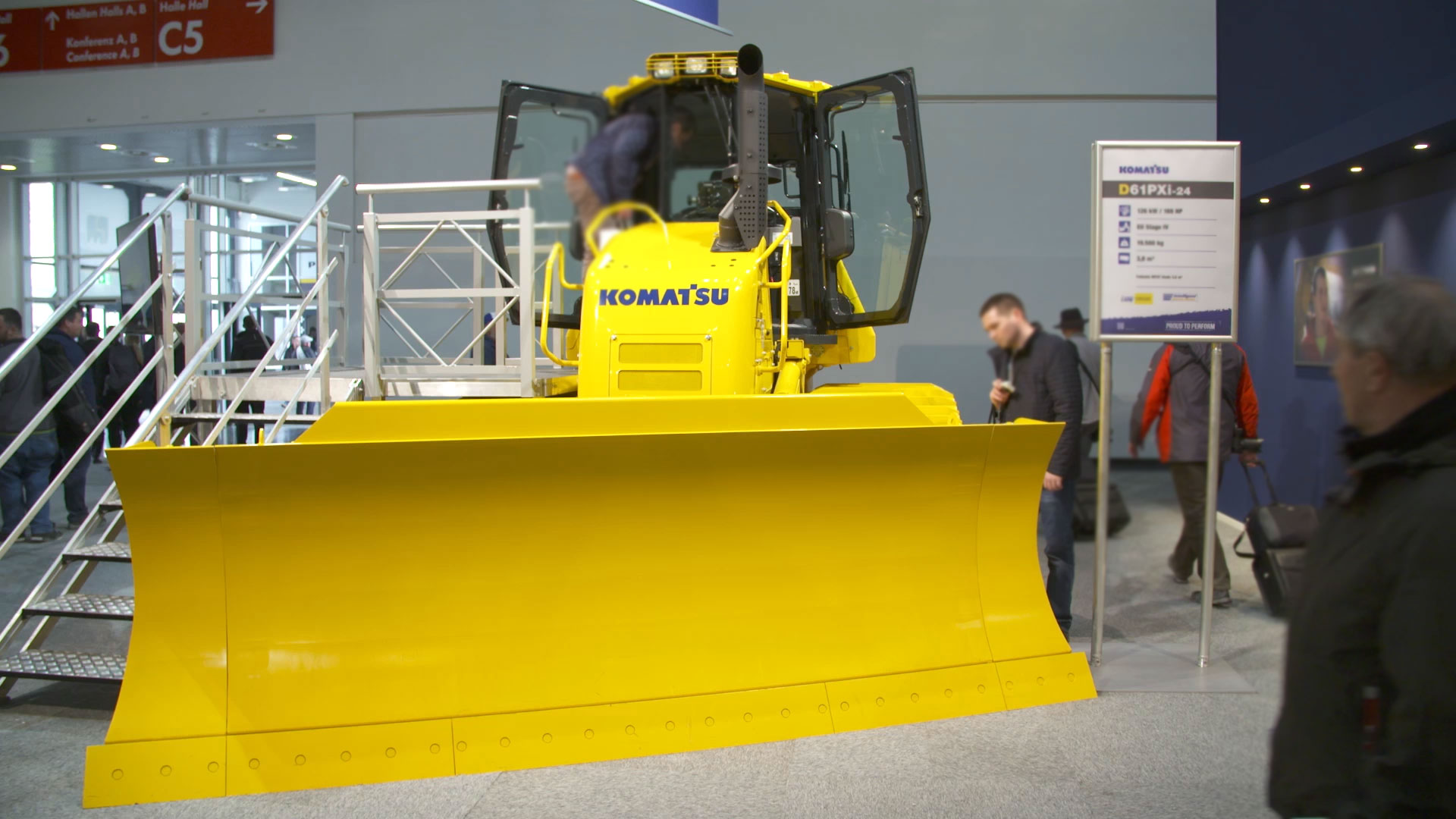
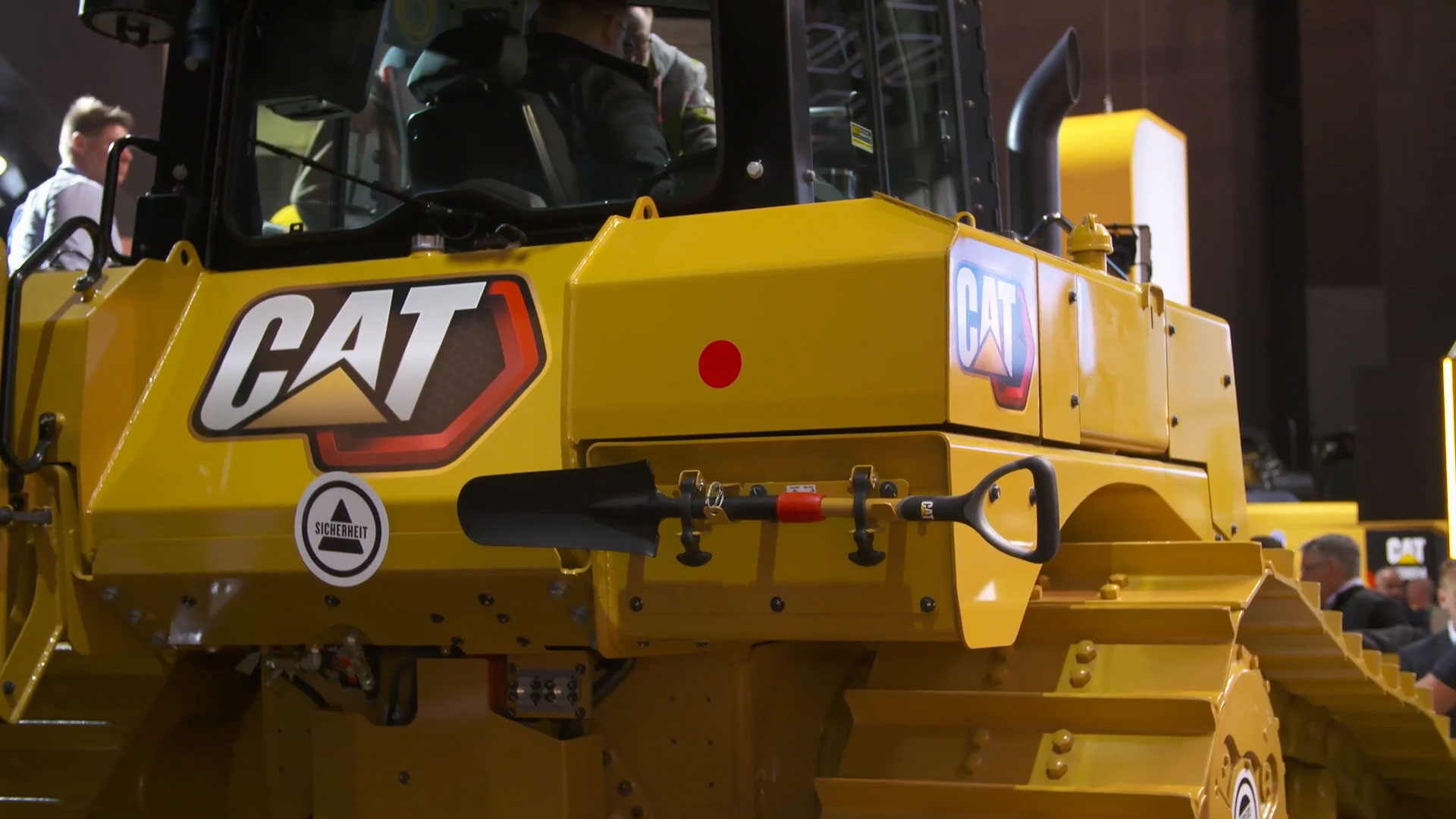
A steel blade is usually fitted to the front of bulldozers, which they use to move soil or other construction materials. Various attachments extend the range of applications of these construction machines: for example, the so-called rippers are used to loosen the ground behind the vehicle. Some bulldozers are equipped with laser control systems to enable precise levelling work. This special equipment controls the inclination of the steel blade and - often with the additional use of GPS-based systems - allows large areas to be worked on quickly and without errors. Bulldozers equipped with cable winches pull heavy materials across construction sites and make the use of cranes or other vehicles unnecessary. This brings cost benefits for contractors and building owners.
No construction site is complete without wheel loaders: these versatile construction machines load goods such as sand, gravel and soil and transport them over short distances. These vehicles usually consist of a chassis with four wheels, which are usually arranged on two axles. The loading device, which is usually a bucket, is attached to a boom. Each wheel loader also has a driver's cab, which offers the machine operator protection from the weather and contains the vehicle's controls. The diesel engine drives a hydraulic motor that allows the loader to move.
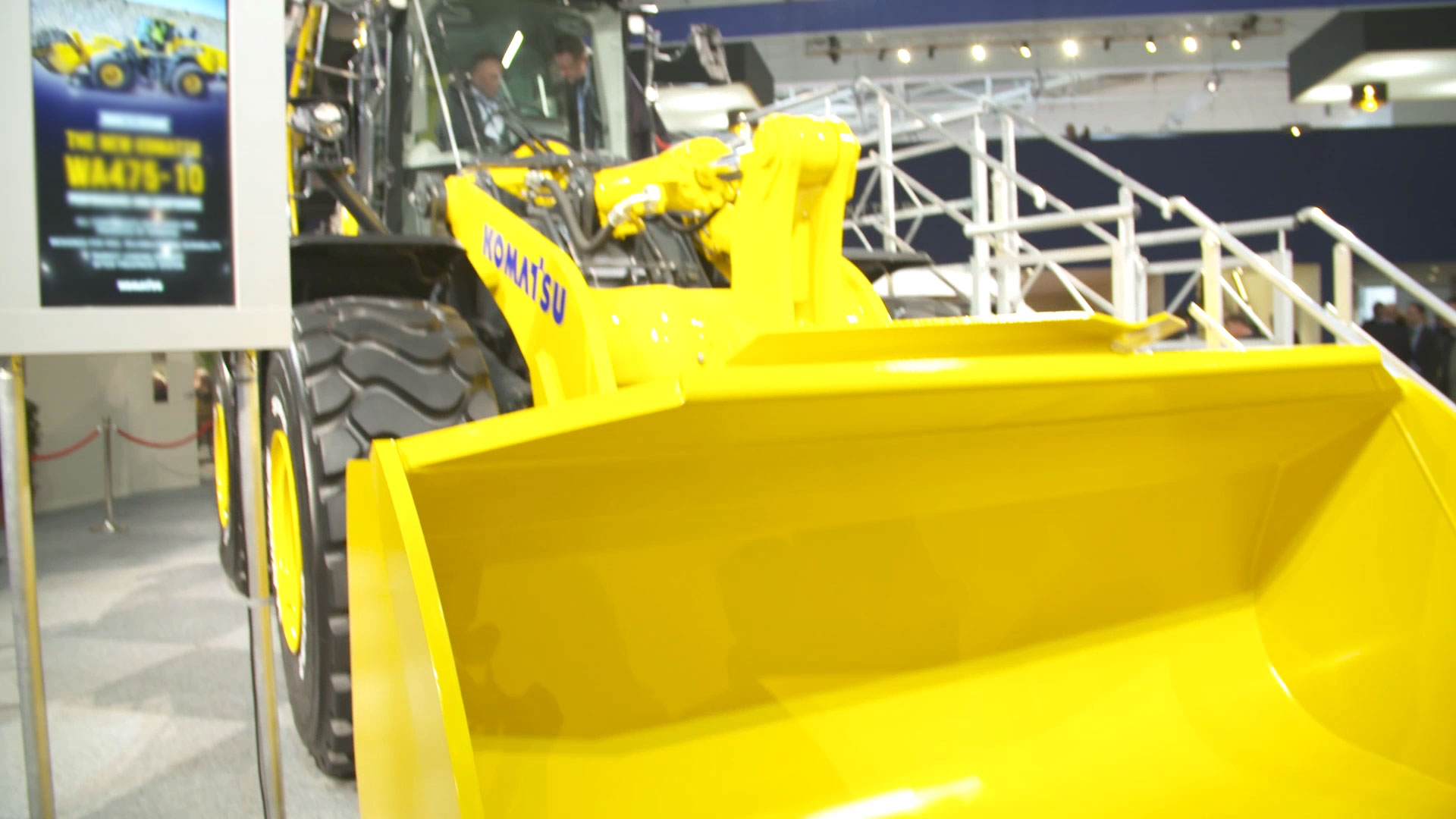
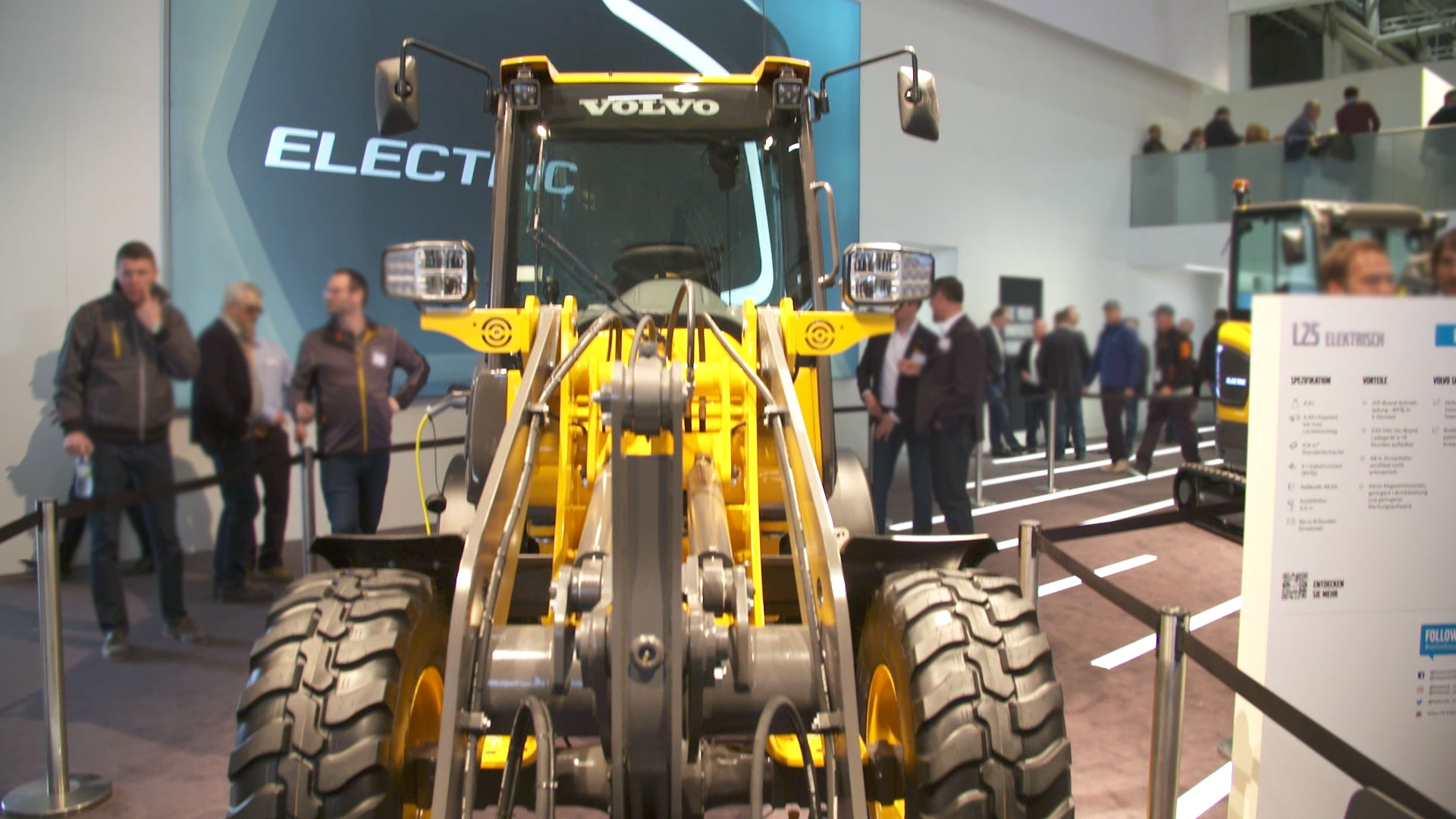
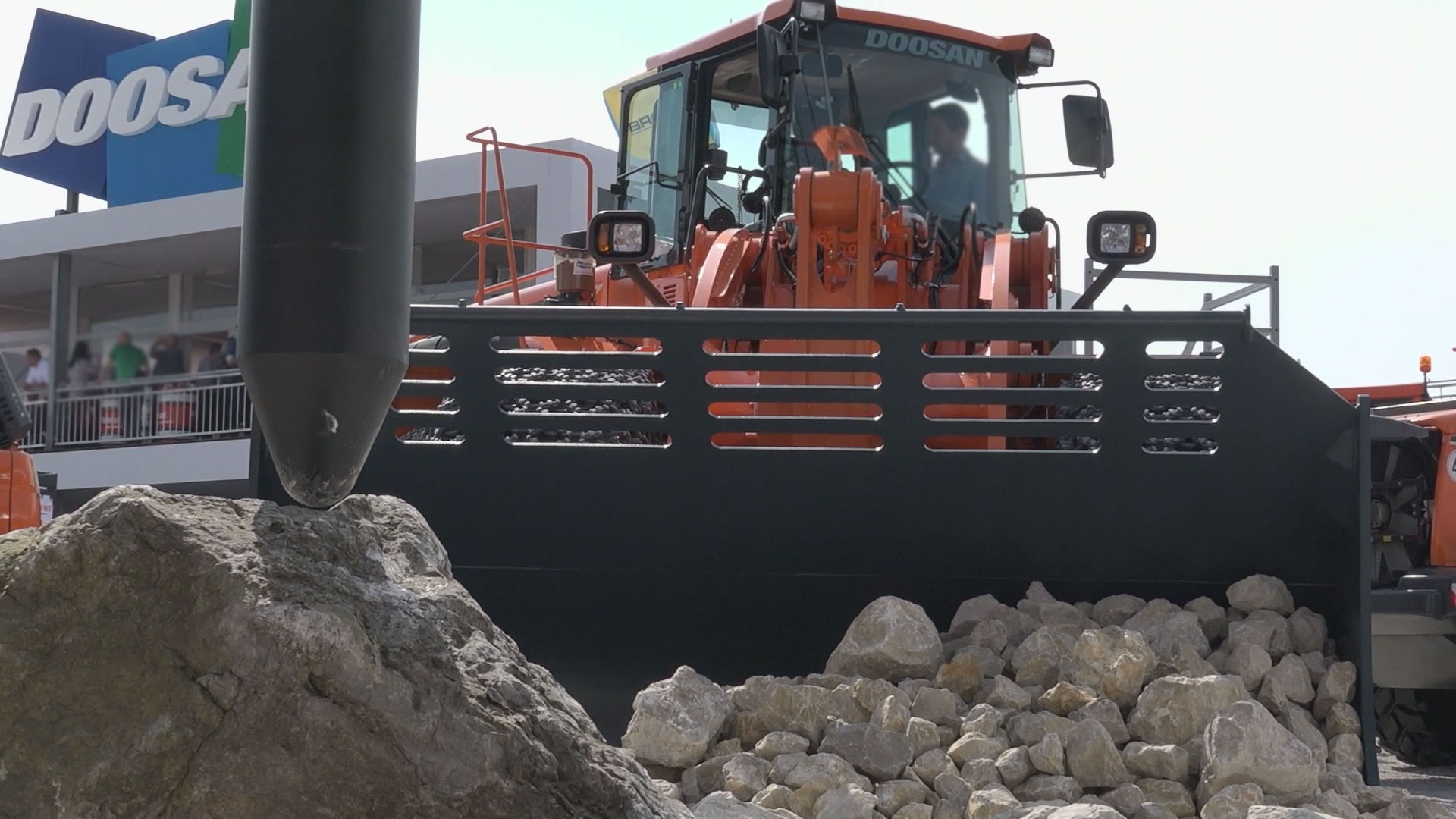
Wheel loaders are mobile and can be used on almost any surface due to their often low weight. They are powerful and capable of moving large loads over short and medium distances. They are also intuitive to operate and easy to maintain. Construction companies can obtain wheel loaders in various sizes: The load capacity of smaller machines is around five tons. They are used for less demanding and small-scale construction projects or in horticulture. Manufacturers are increasingly equipping these compact construction site vehicles with electric motors in order to reduce greenhouse gas emissions and meet government climate protection standards. Larger wheel loaders are often used on large construction sites and in heavy industry: the load capacity of top models is more than 50 tons.
In addition to excavators, bulldozers and wheel loaders, various other types of vehicles can be found on construction sites. These include cranes, which lift heavy loads and place them in exact positions. Due to the reach of their booms, they are also used to change the location of construction materials or stationary machines. Tower cranes, which are mainly used in building construction and enable the construction of breathtaking skyscrapers, are particularly impressive.
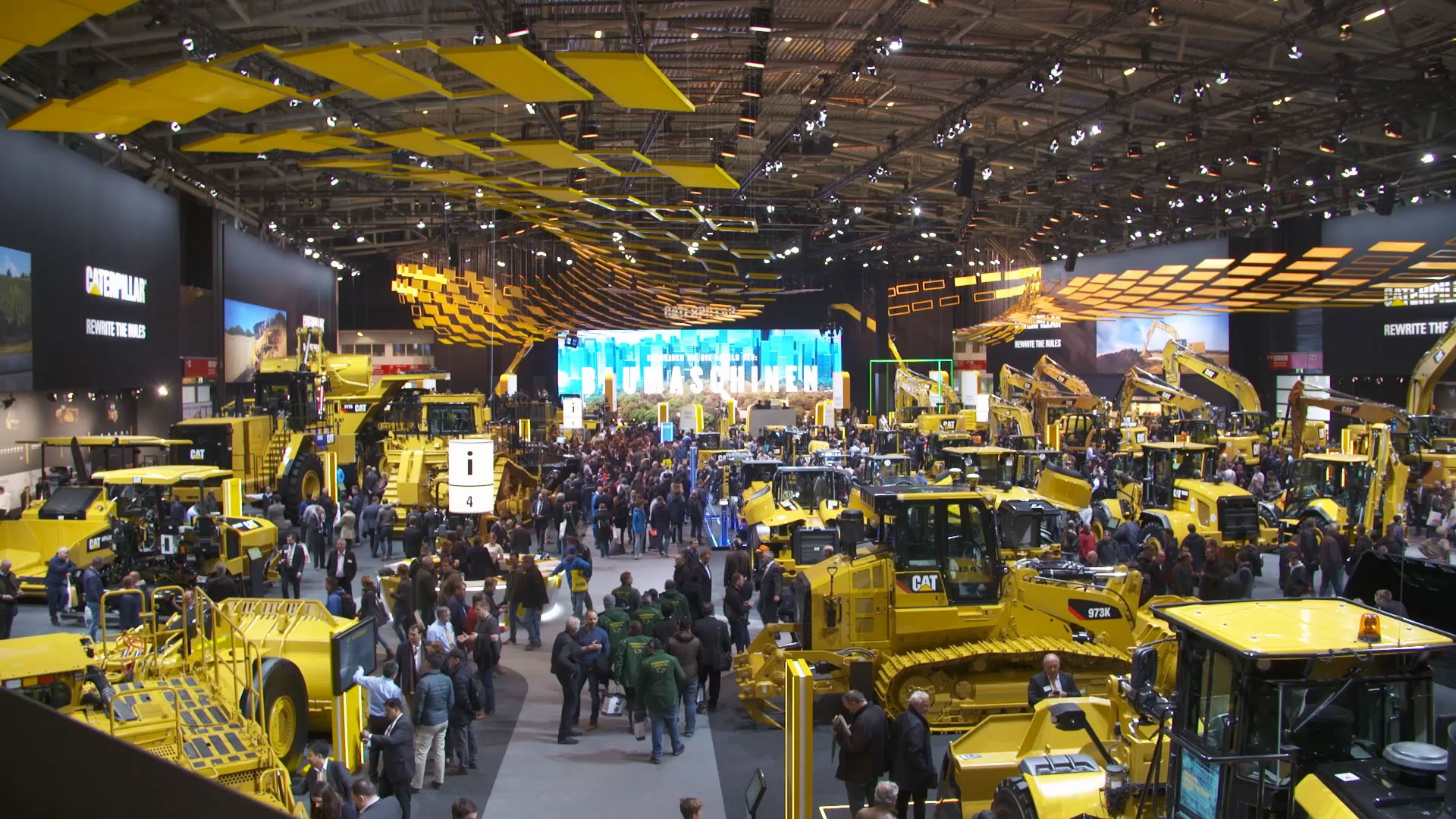
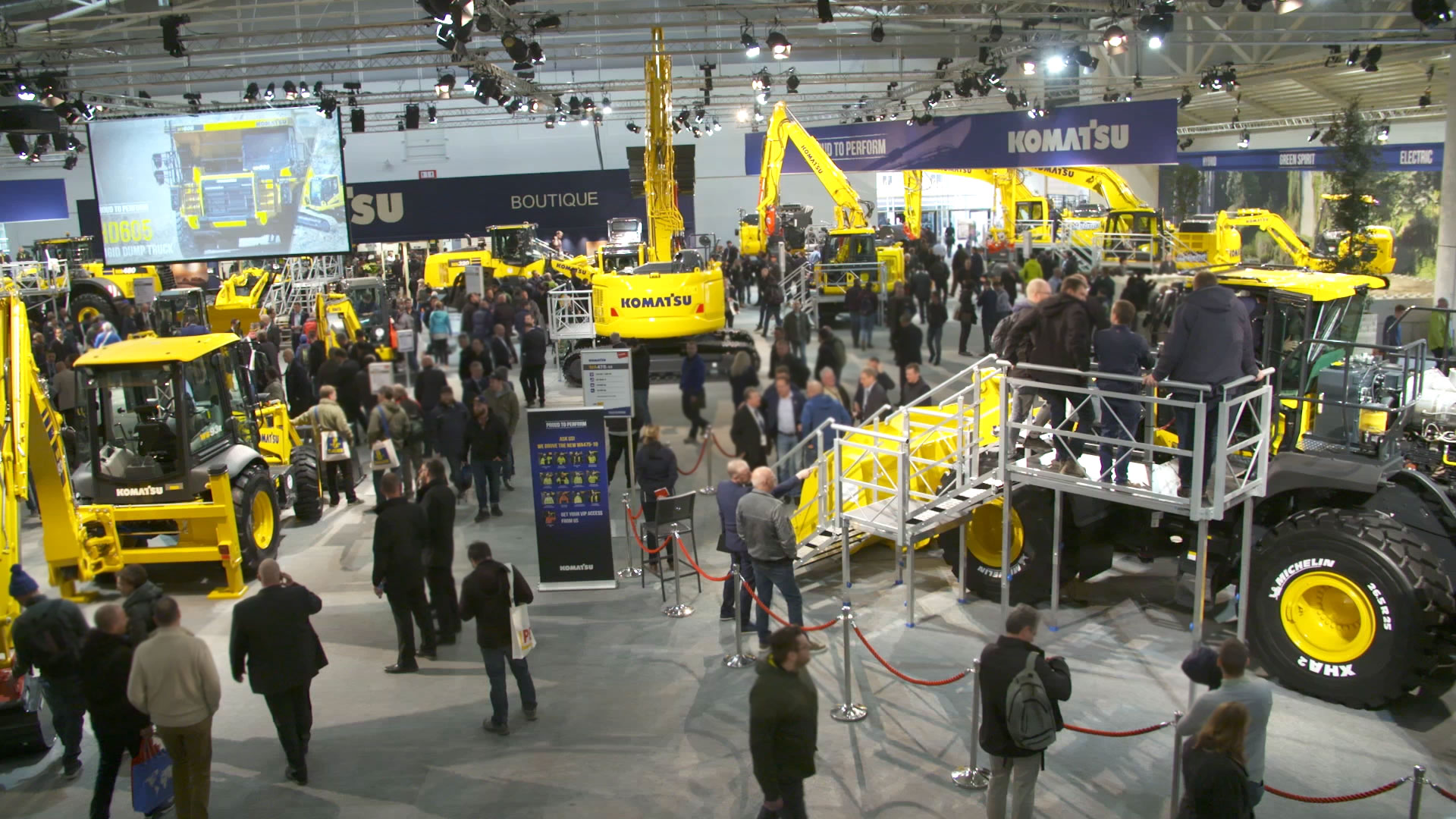
Rollers smooth and compact surfaces. They are involved in almost all major road construction projects. They also play an important role in preparing foundations for buildings of all sizes. Dump trucks, sometimes referred to as dumpers, are all-terrain commercial vehicles used to transport bulk materials such as gravel. They are equipped with a so-called tipper body, which enables a quick unloading process. Common dump trucks are often based on a truck chassis and can therefore be found in normal road traffic. Large models are used in mining and heavy industry. Due to their dimensions, they are usually prohibited from driving on public roads.
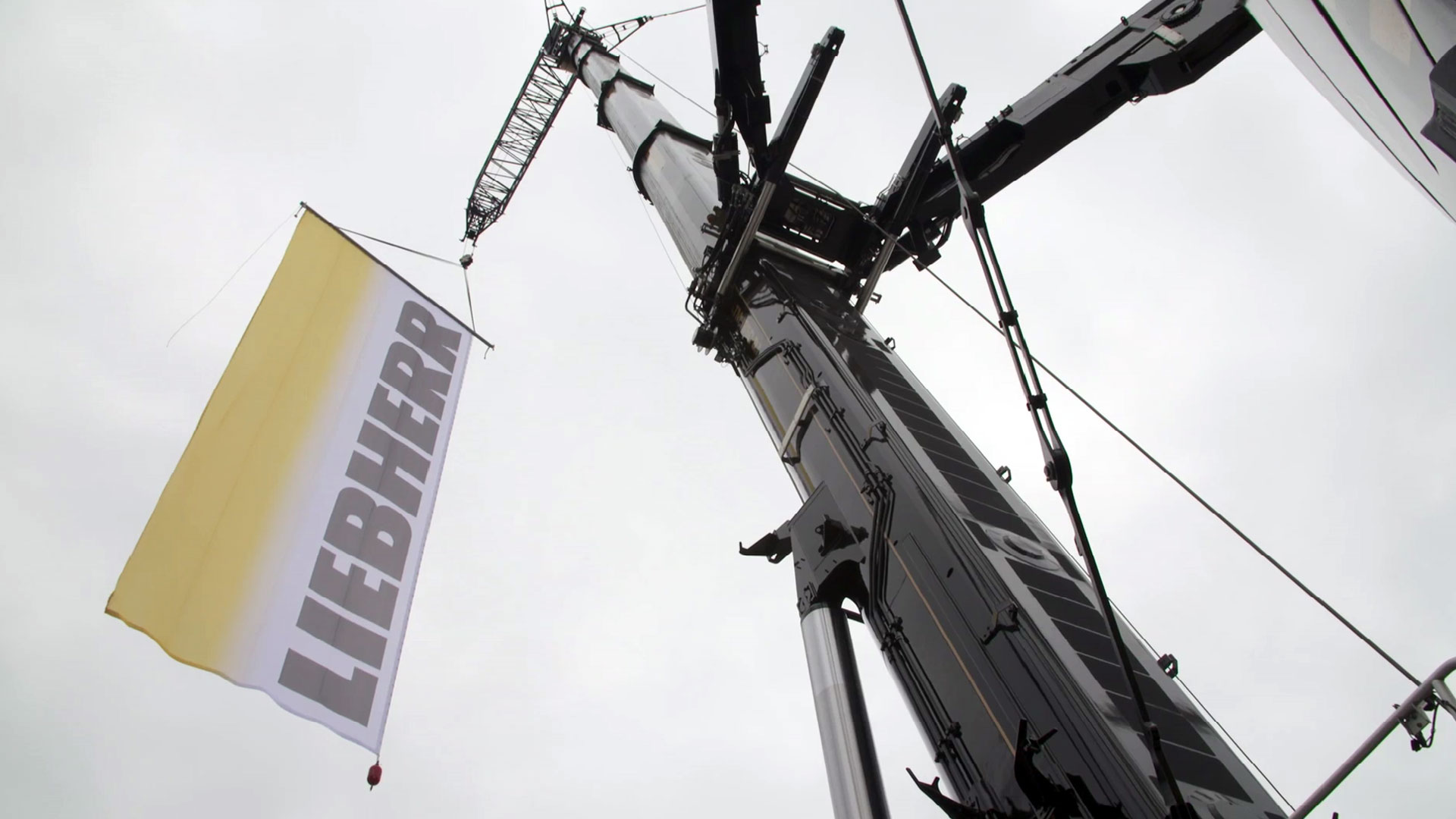
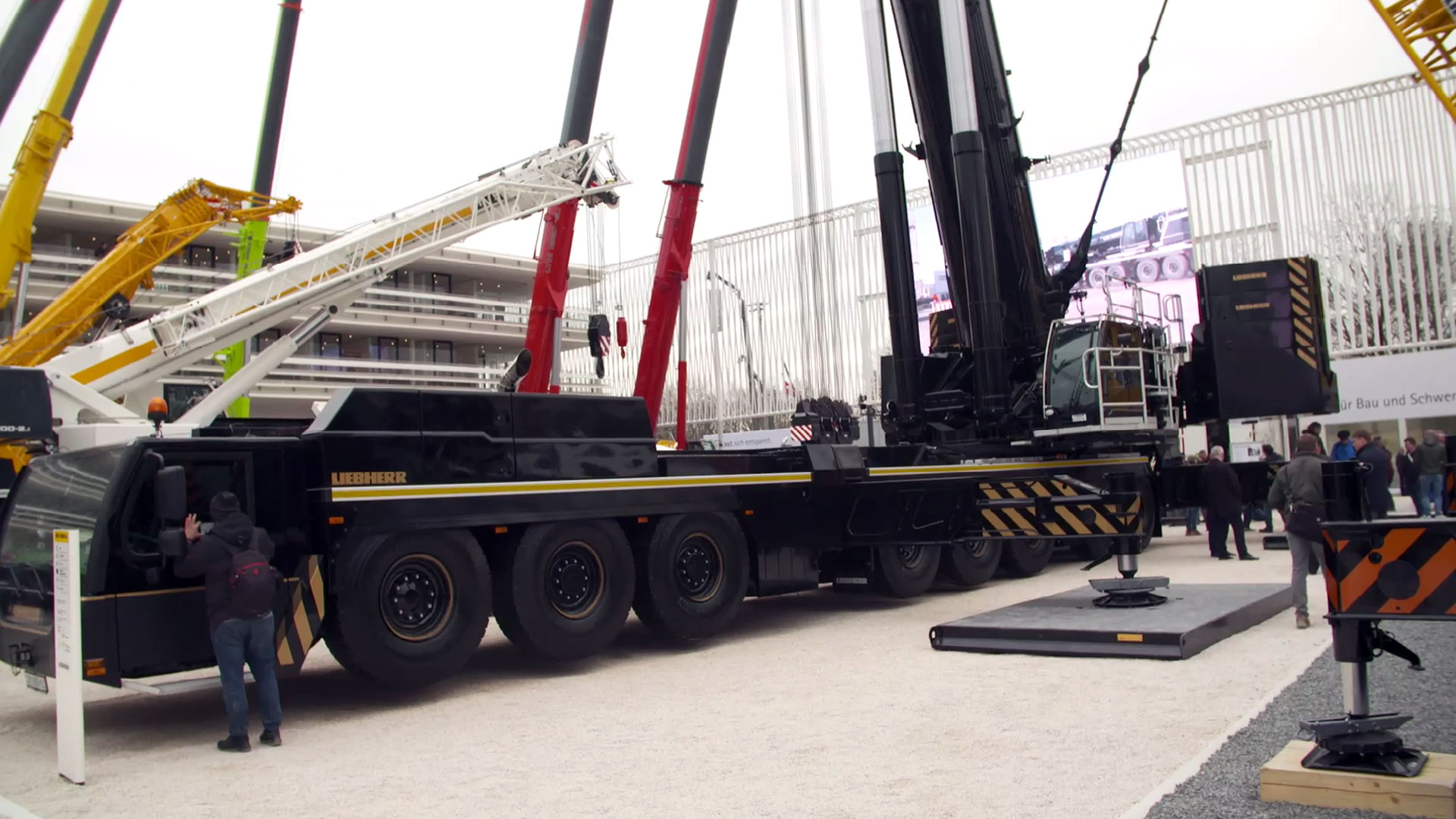
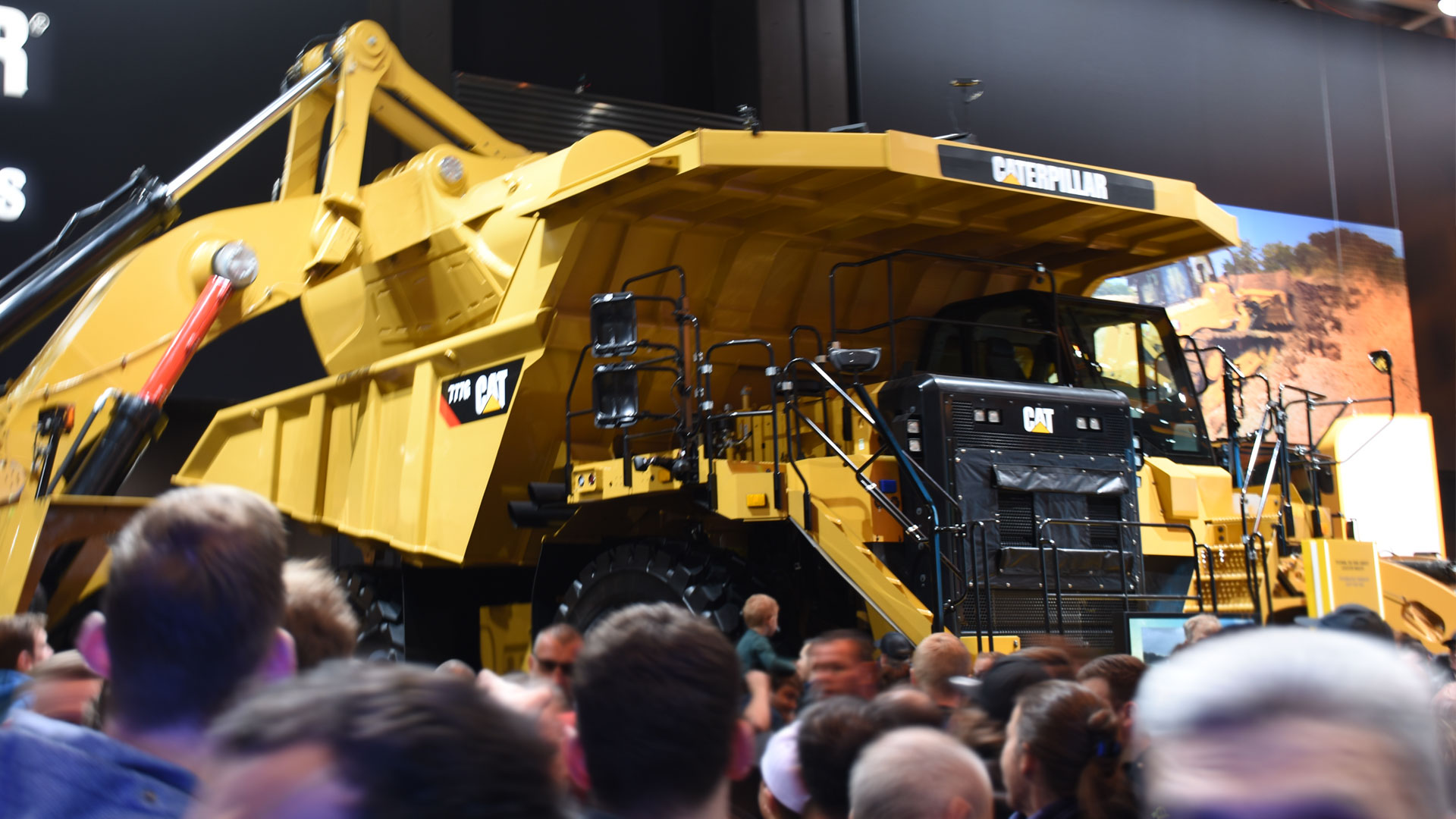
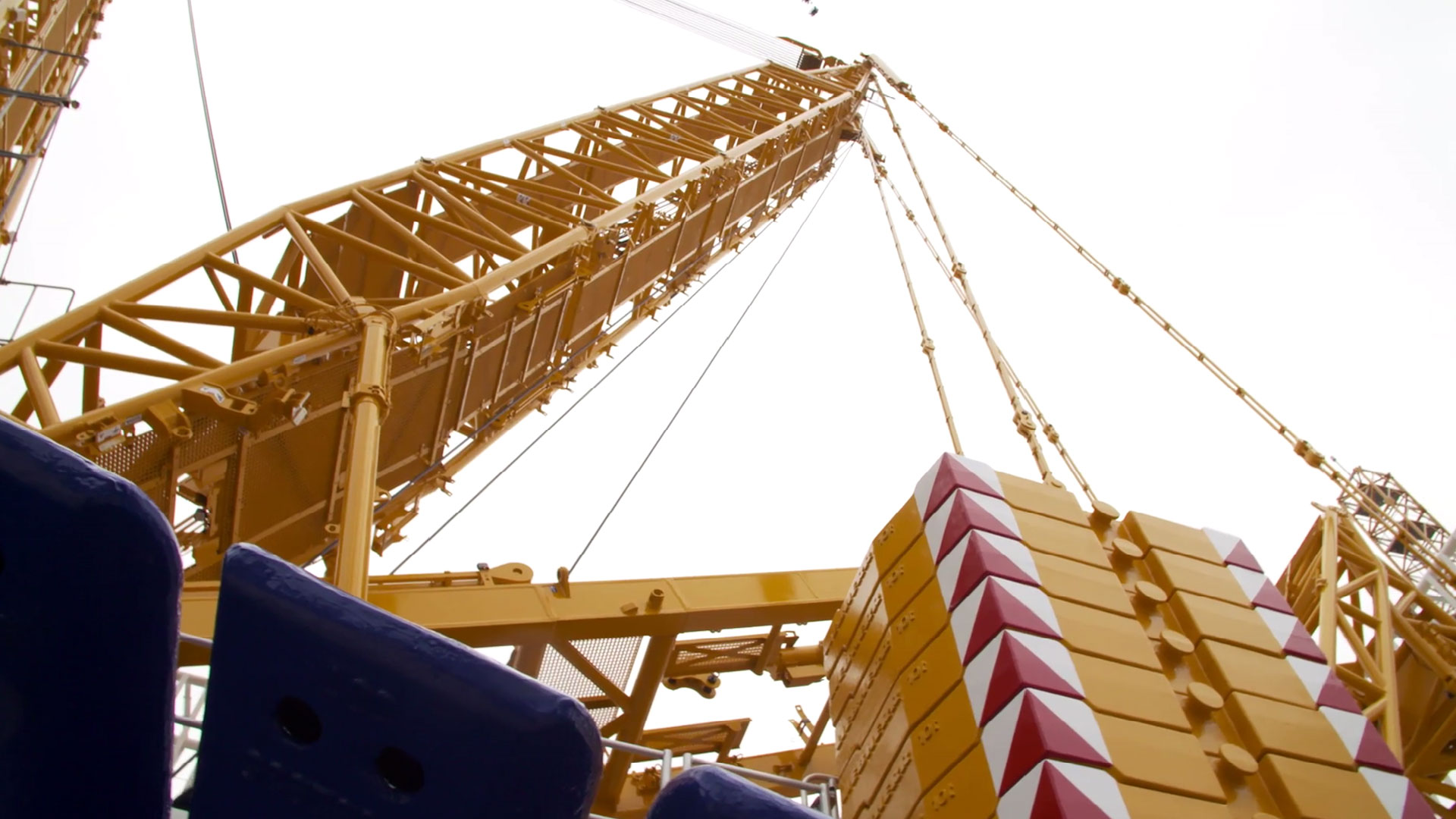
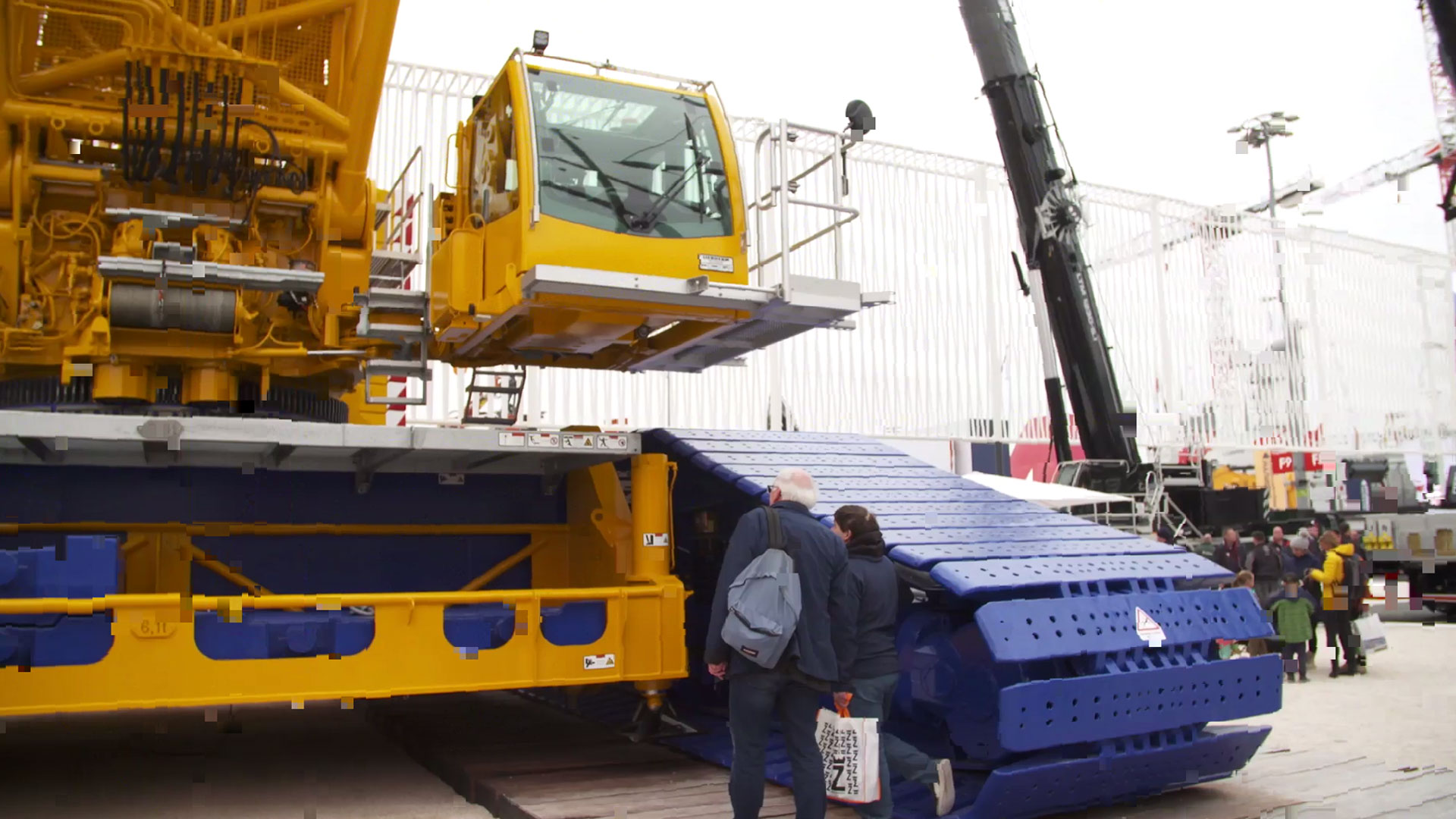
Backhoe loaders combine the advantages of excavators and wheel loaders. These multi-purpose vehicles have a loading shovel at the front of the vehicle, while an excavator boom is located at the rear. The driver controls both the bucket and the boom using the controls in his cab. Pile drivers are machines that drive piles, anchors and other components into the ground. They consist of a long, solid trunk with a heavy head at one end. A diesel or electric motor usually drives a pile driver. Pile drivers drive components into the ground by converting the potential energy of their head, which is usually made of iron, into kinetic energy and transferring it to the ground.
